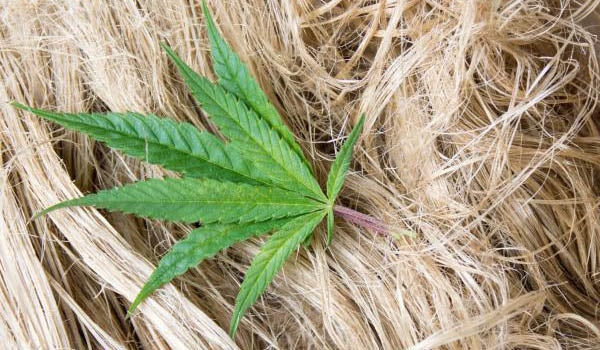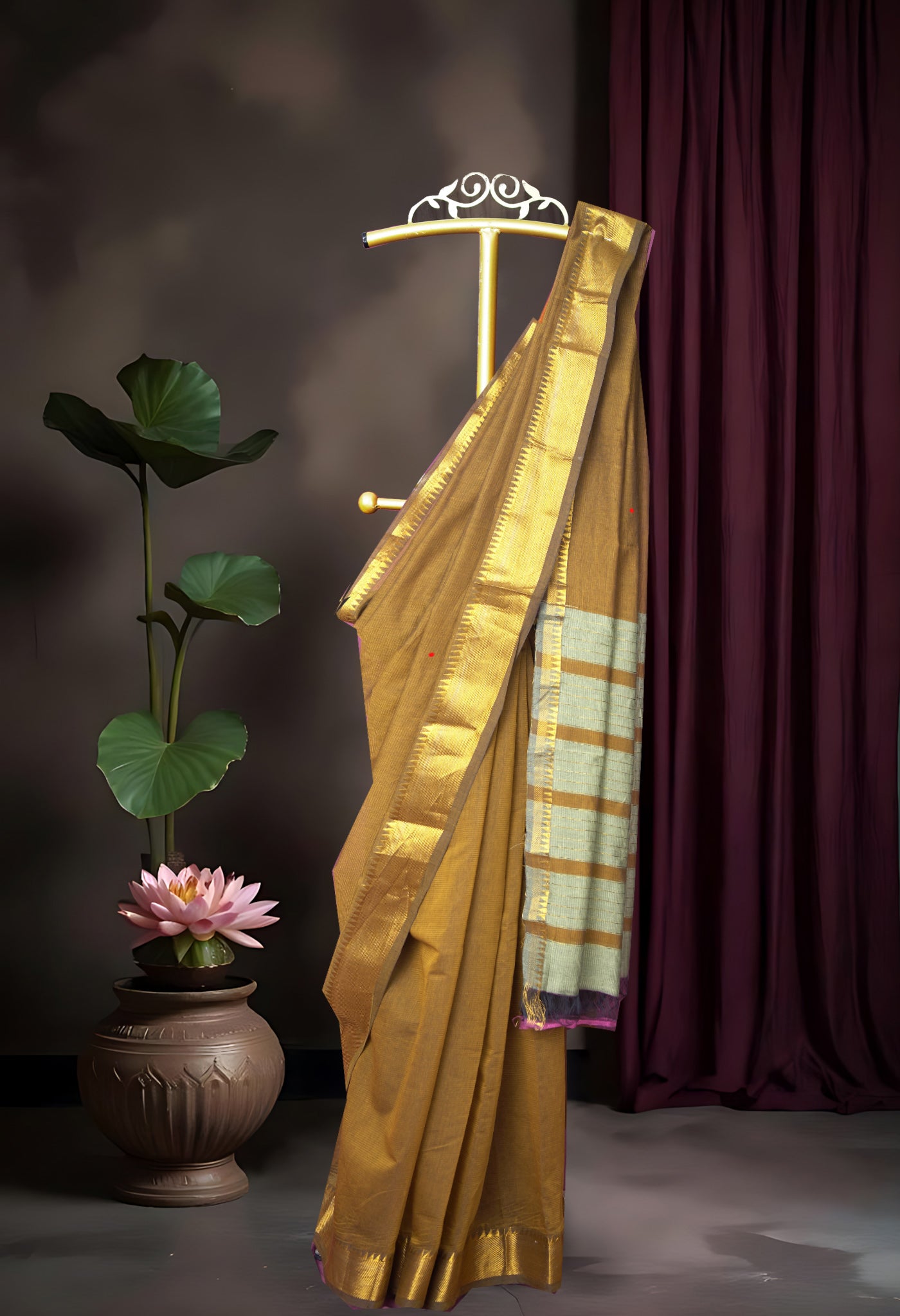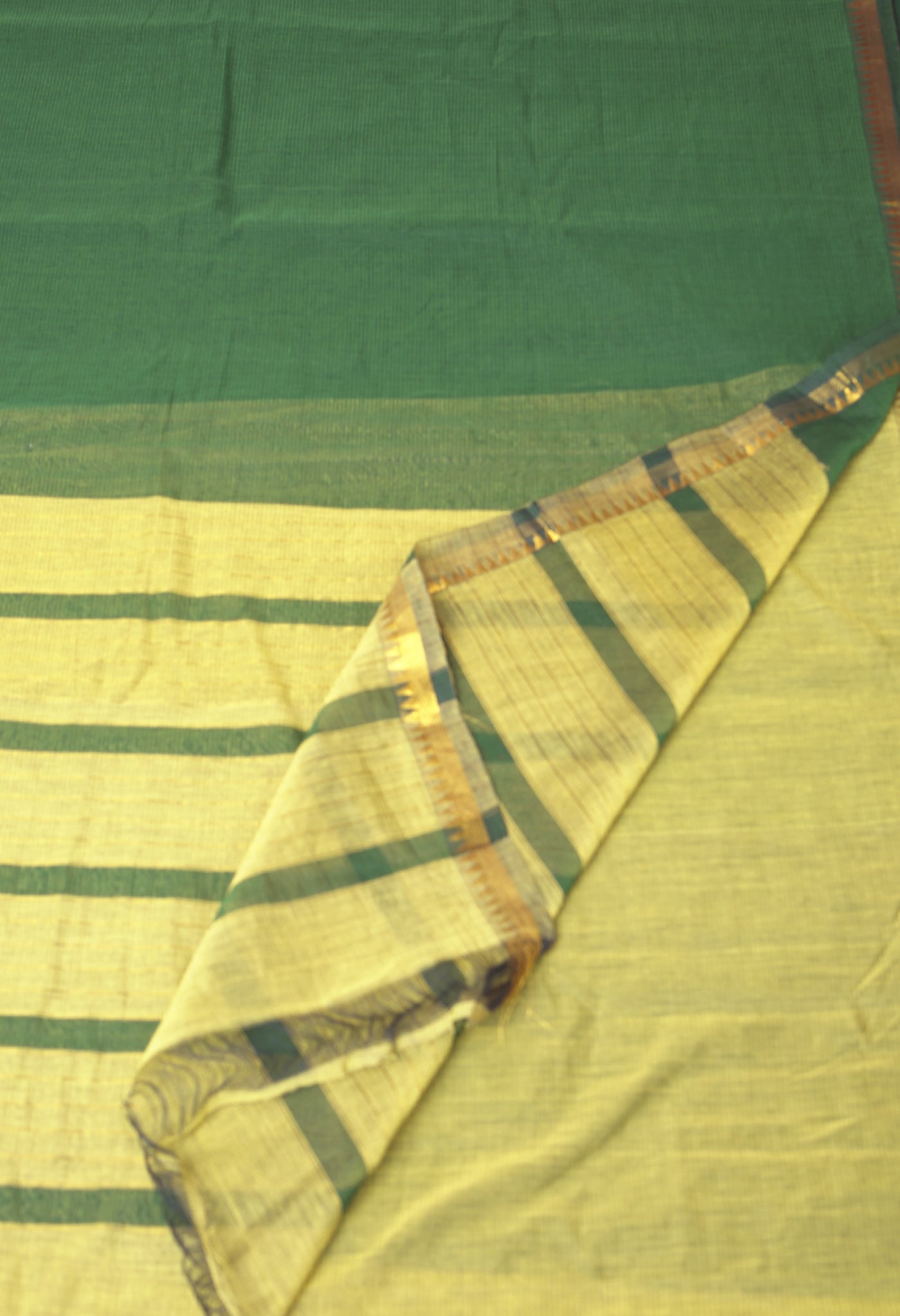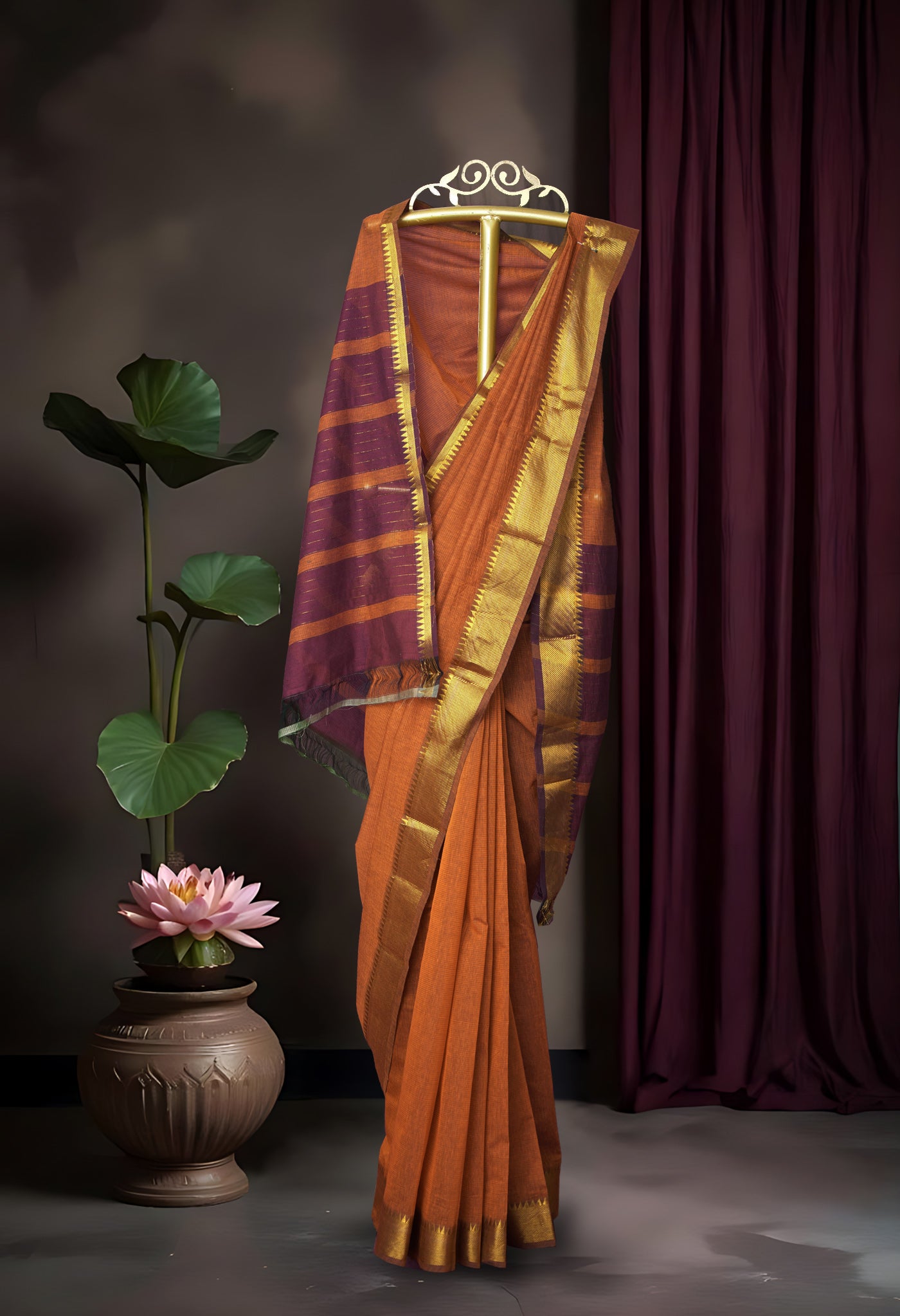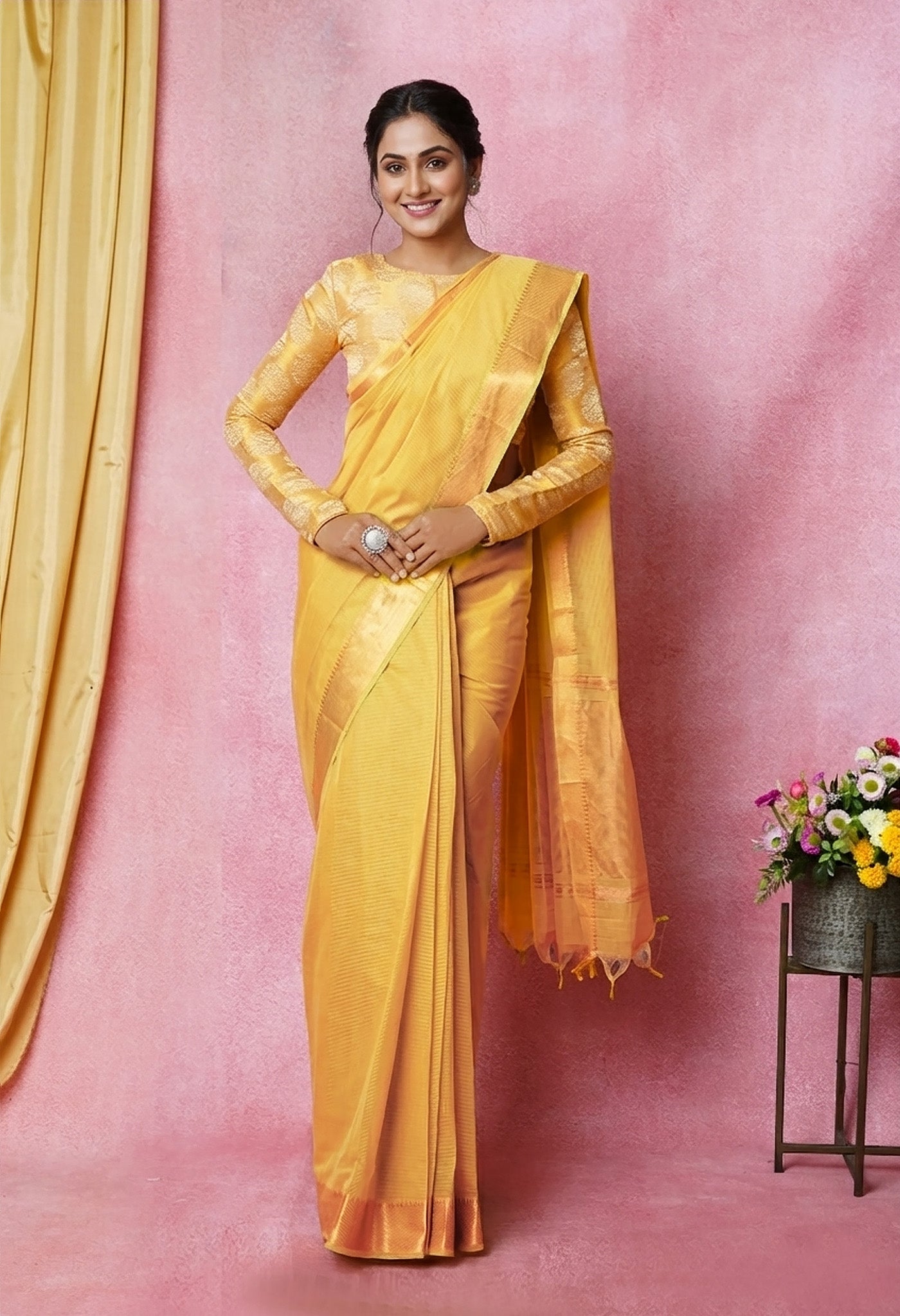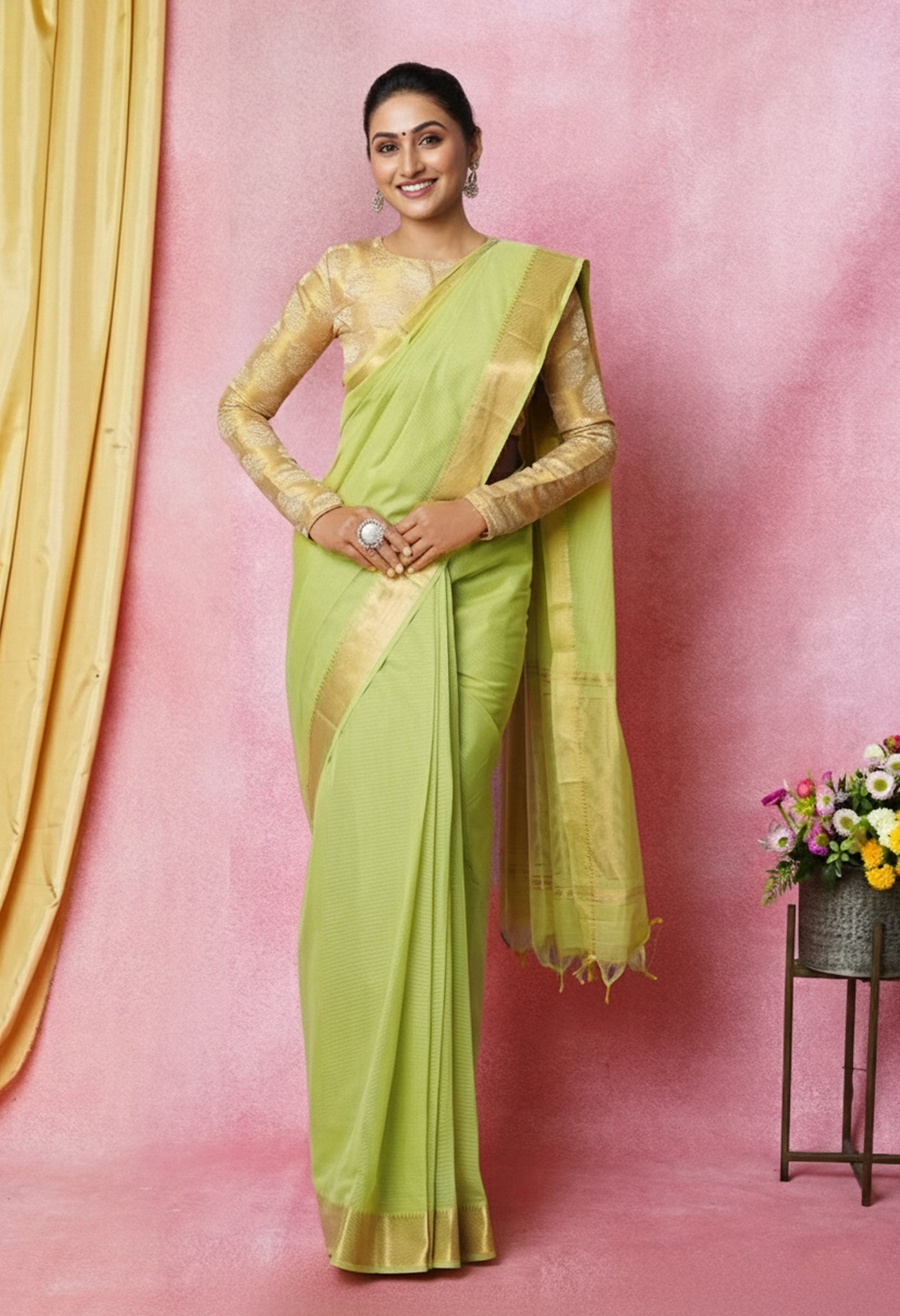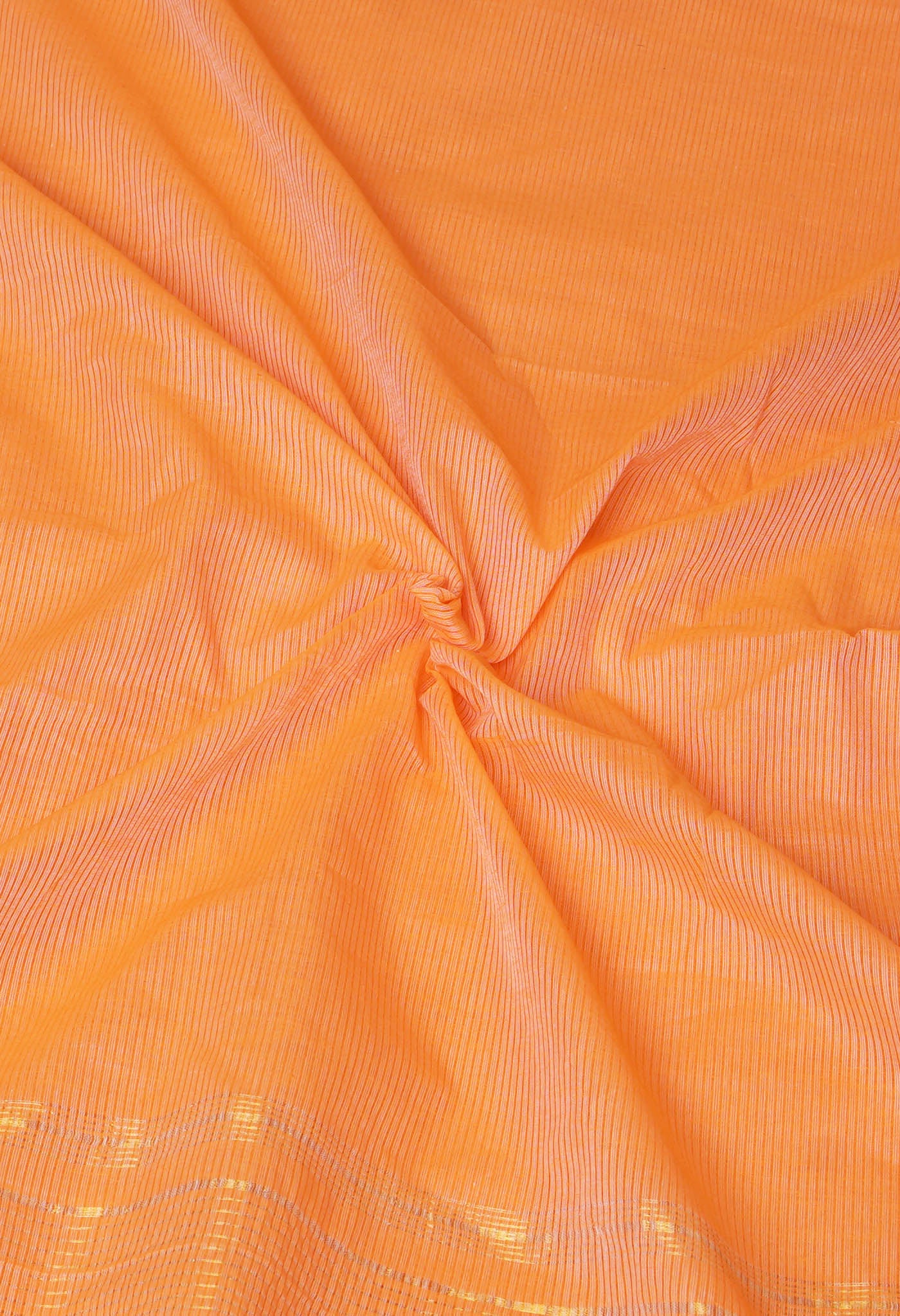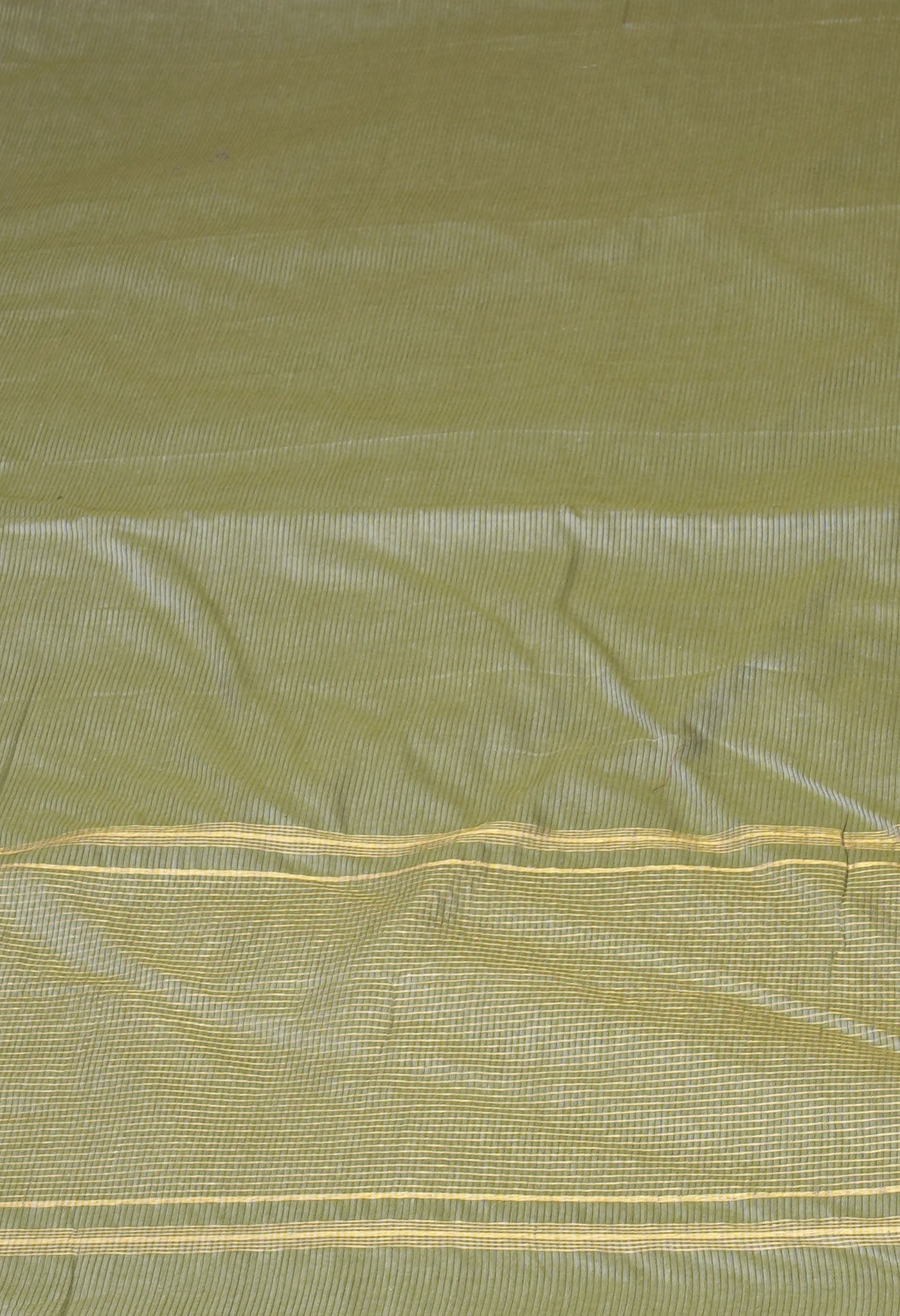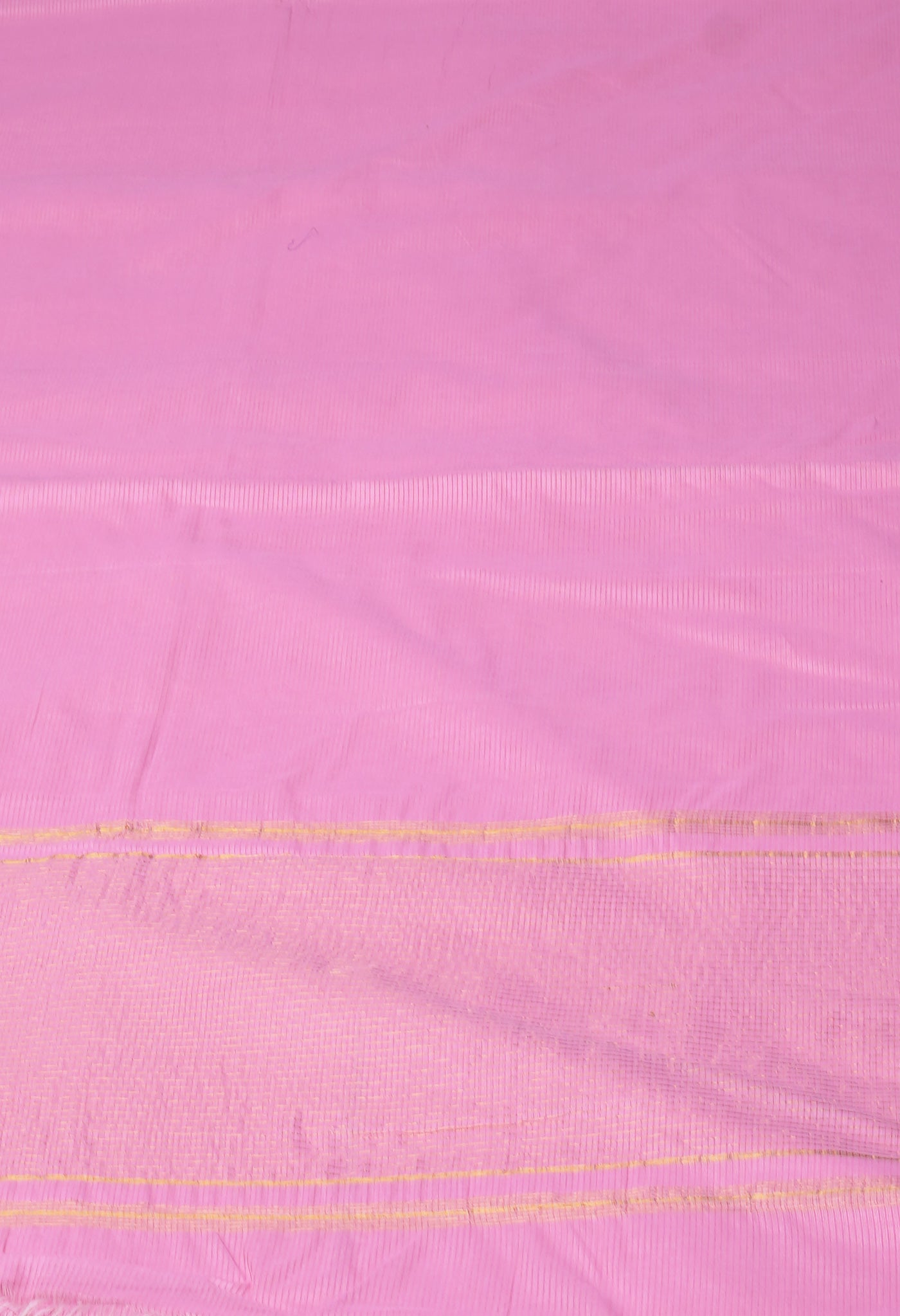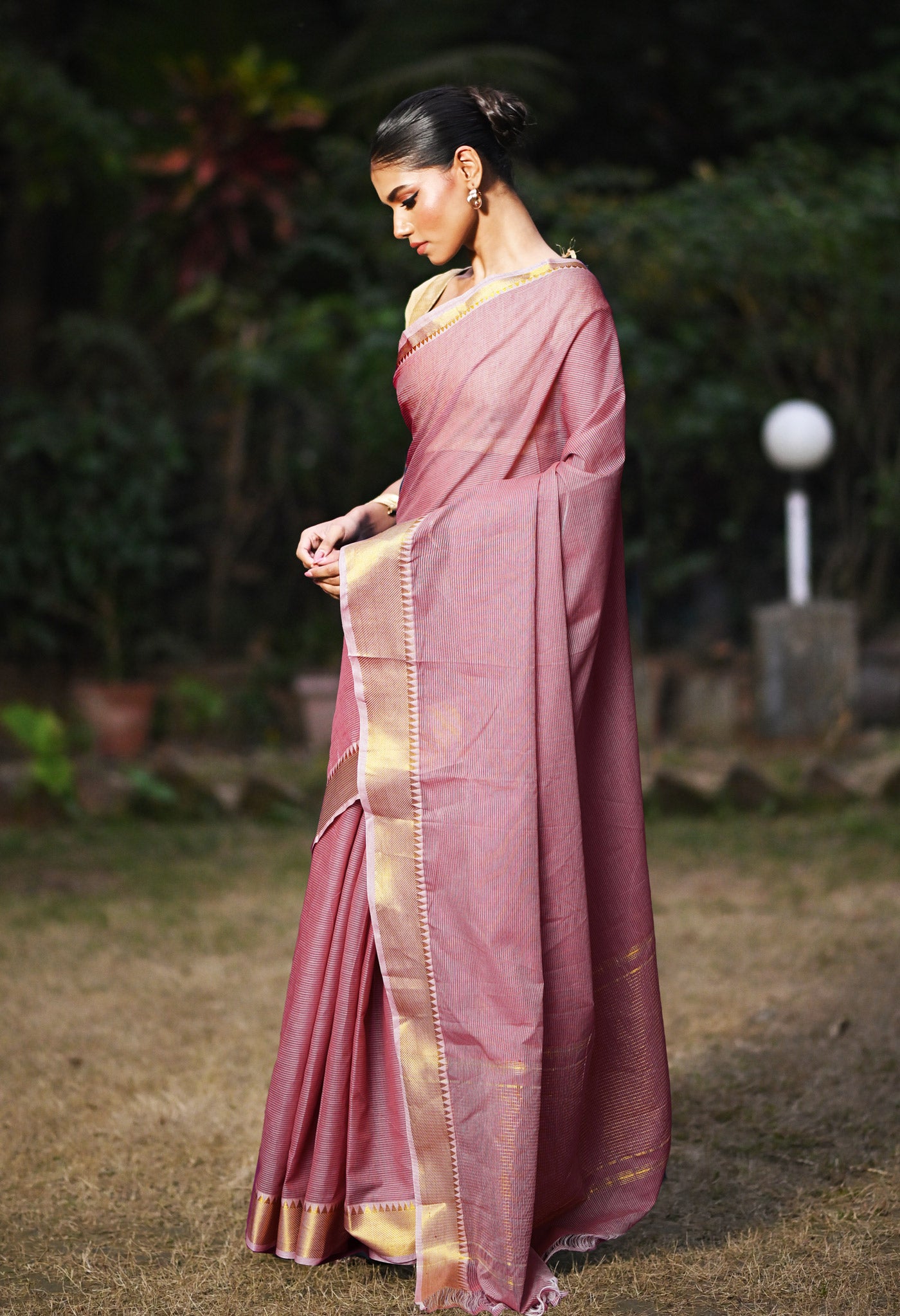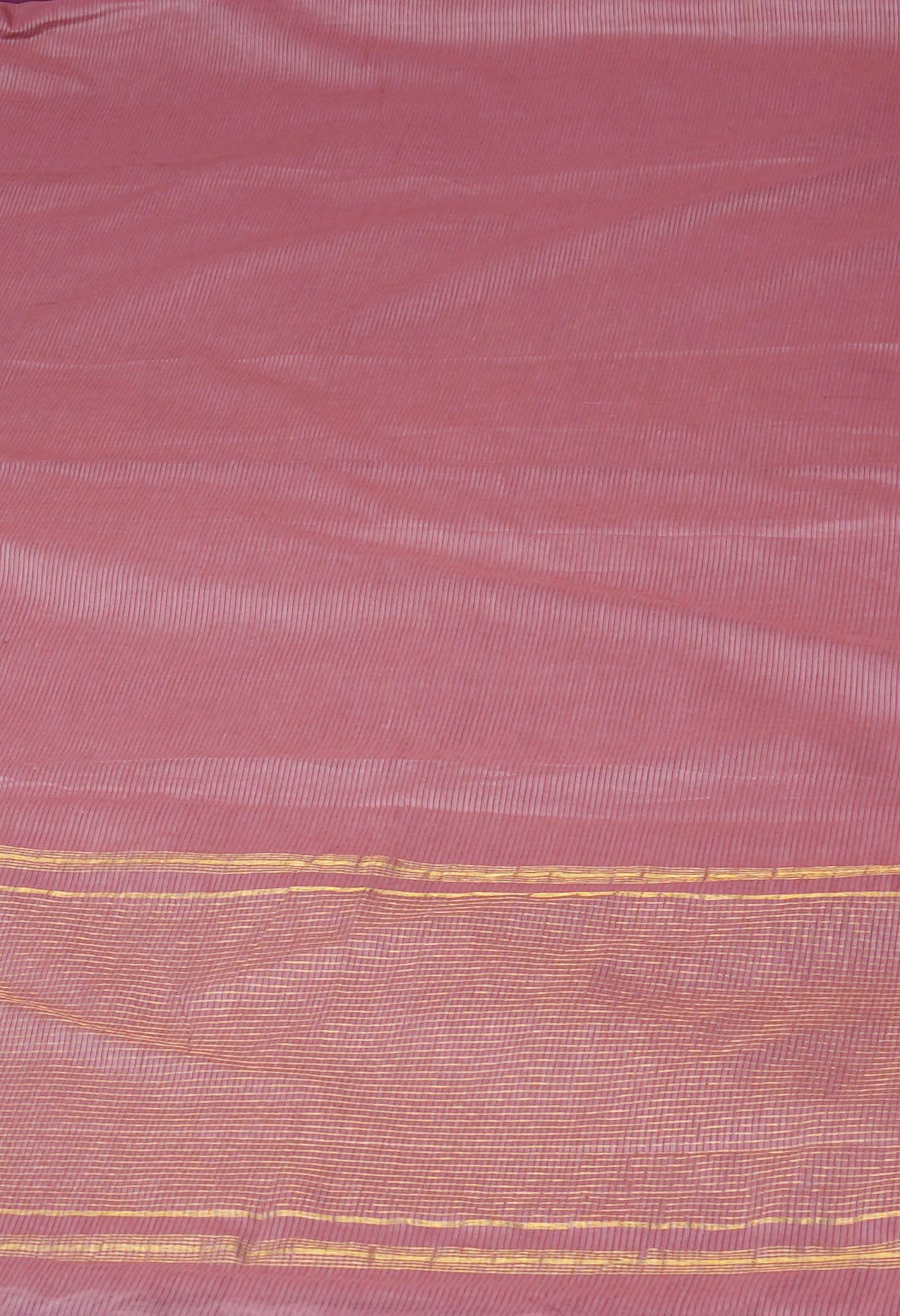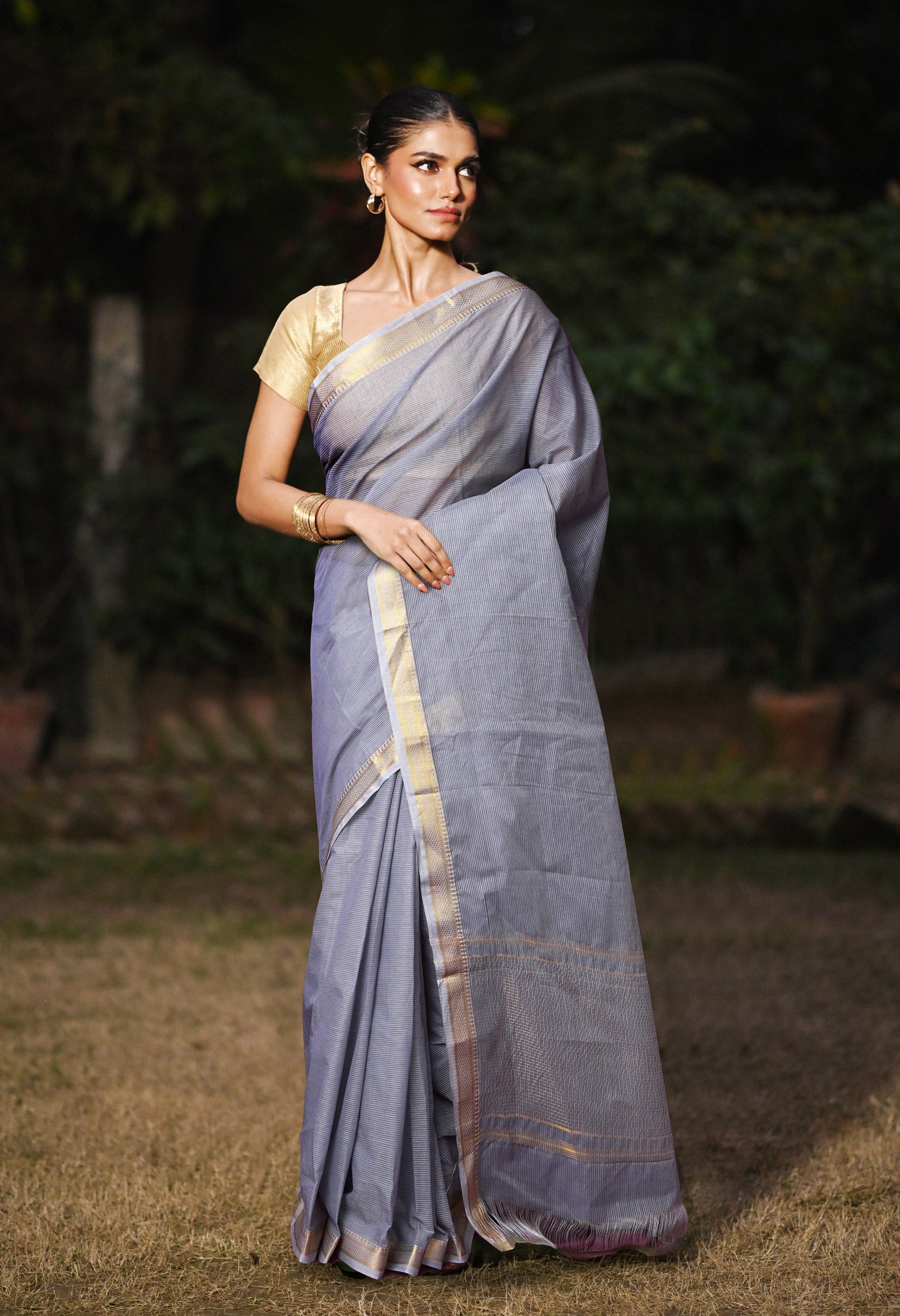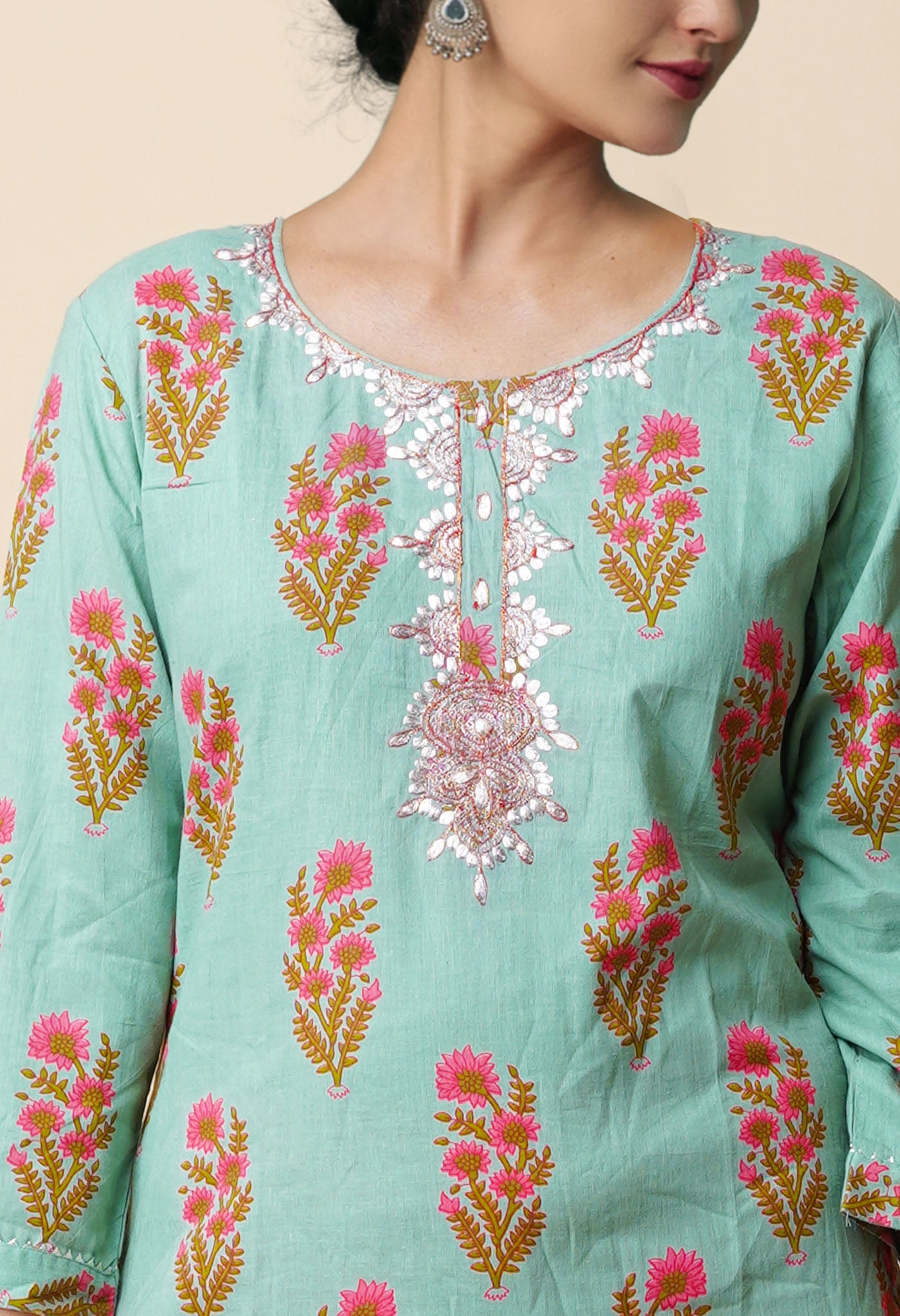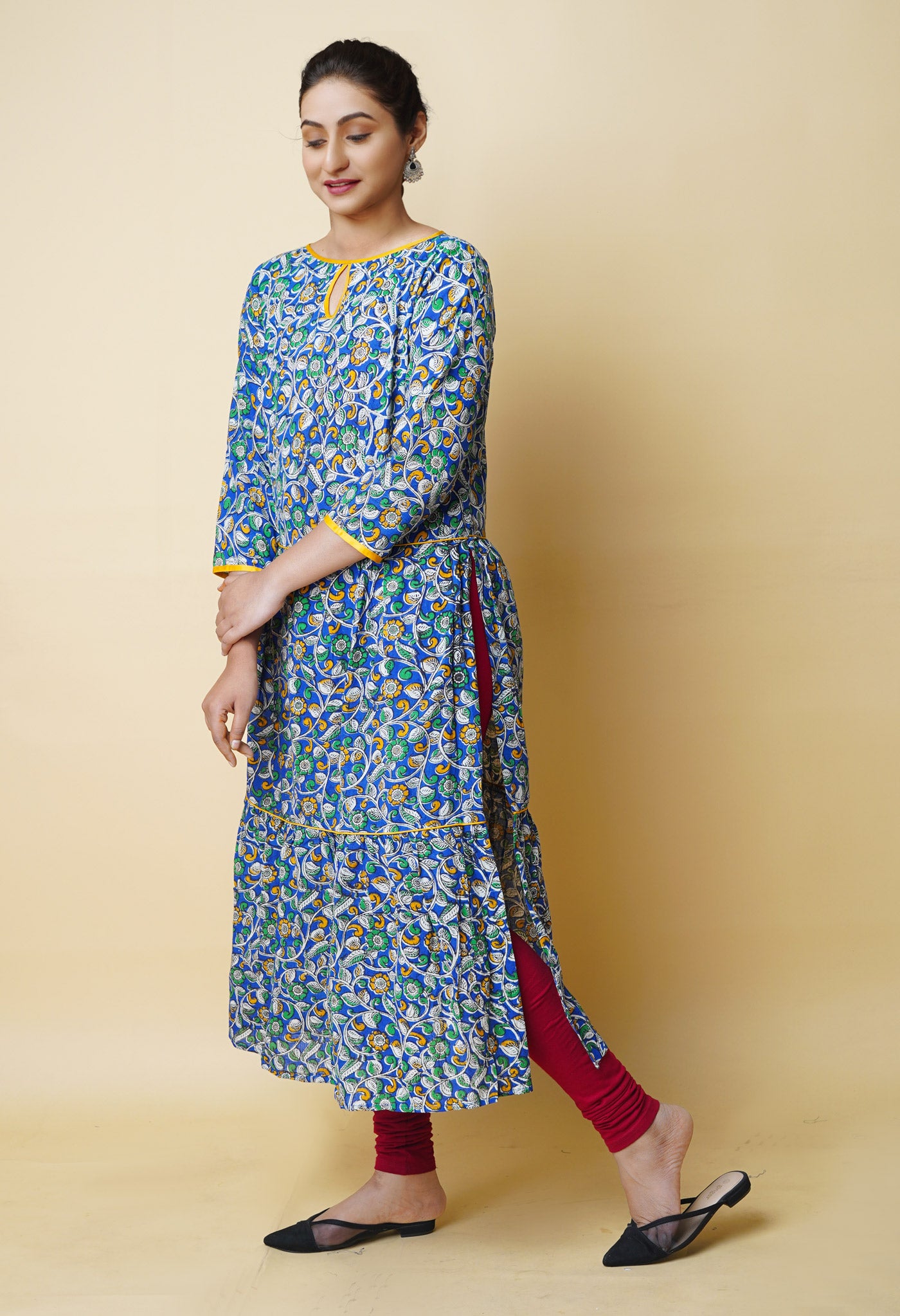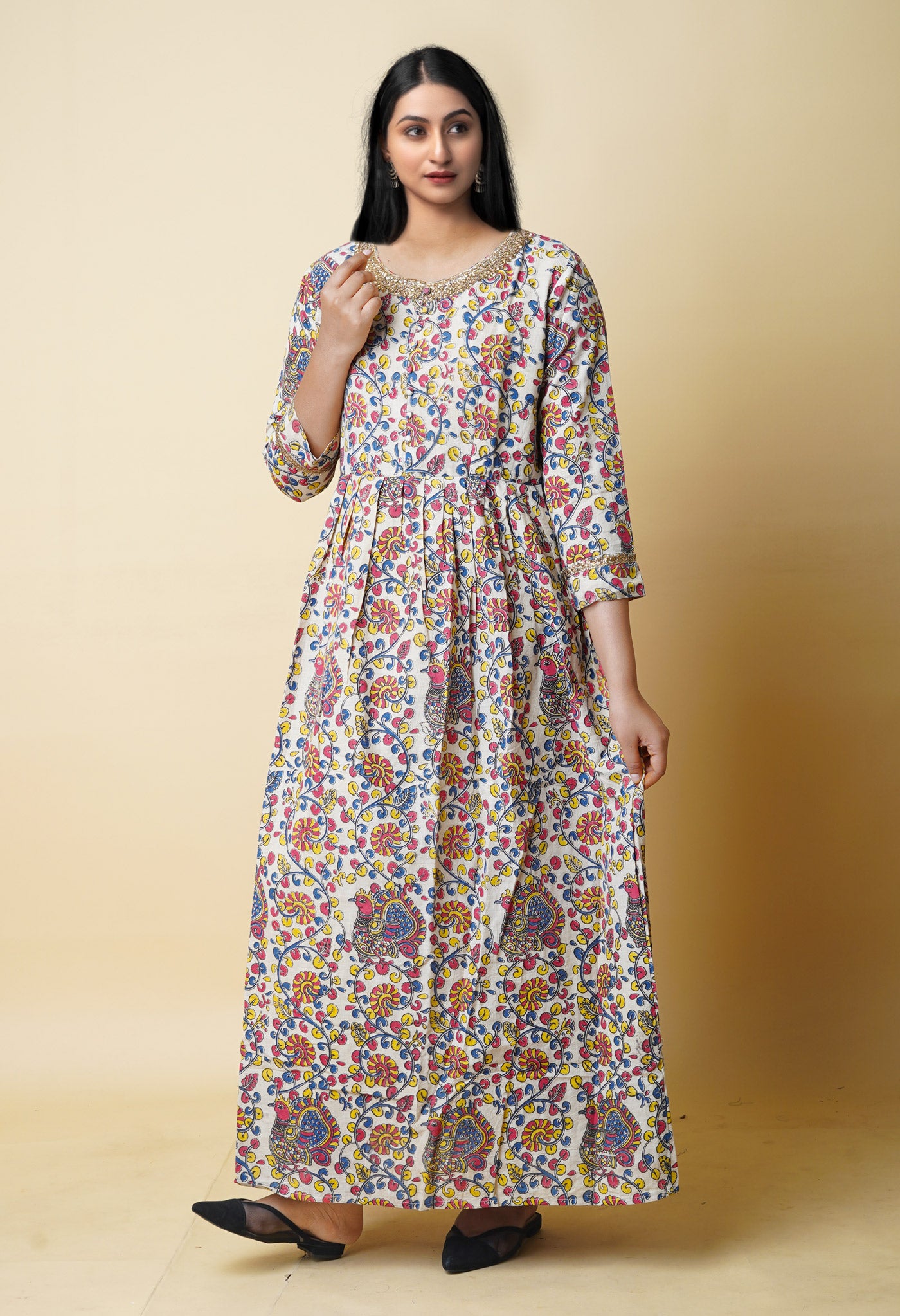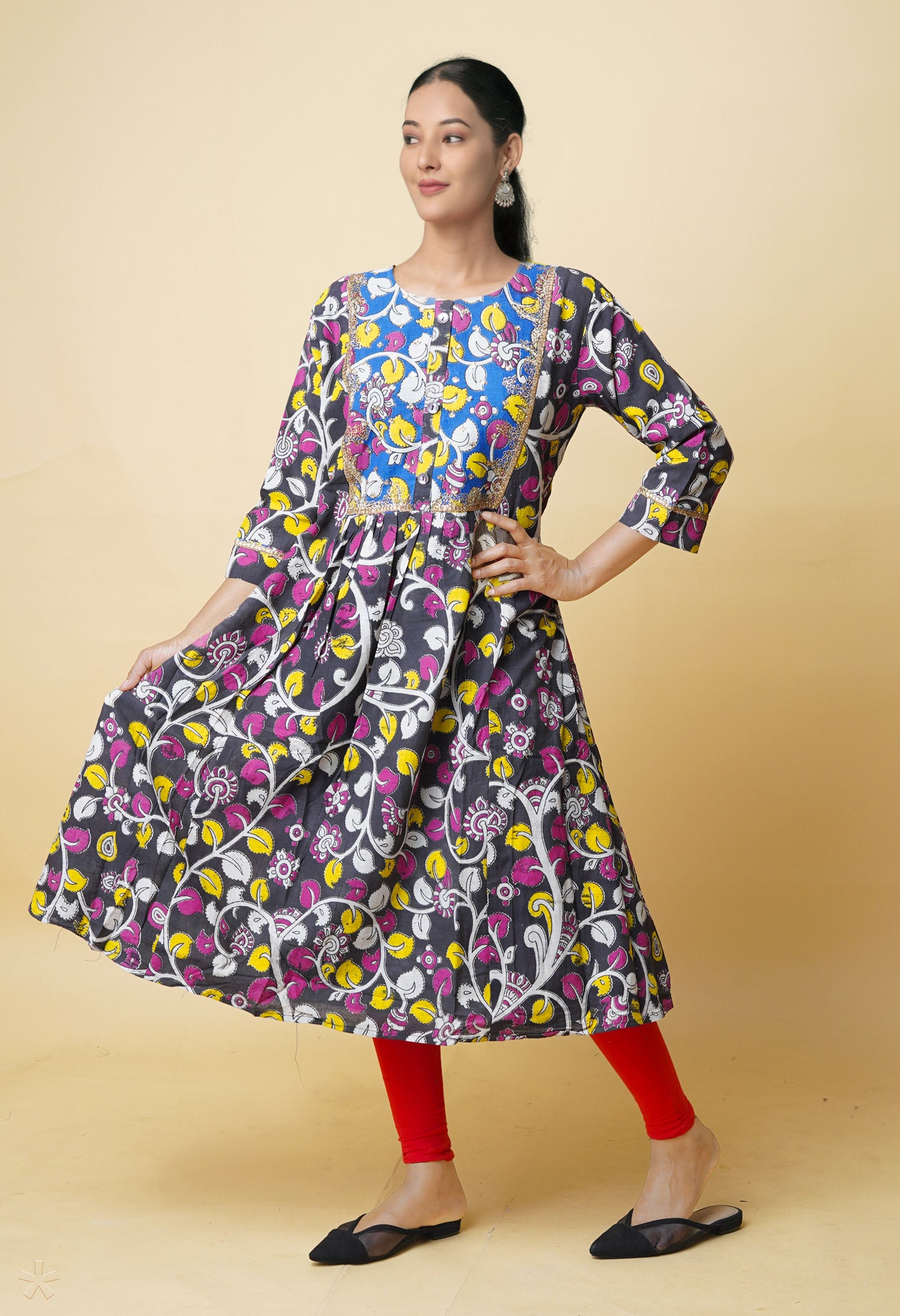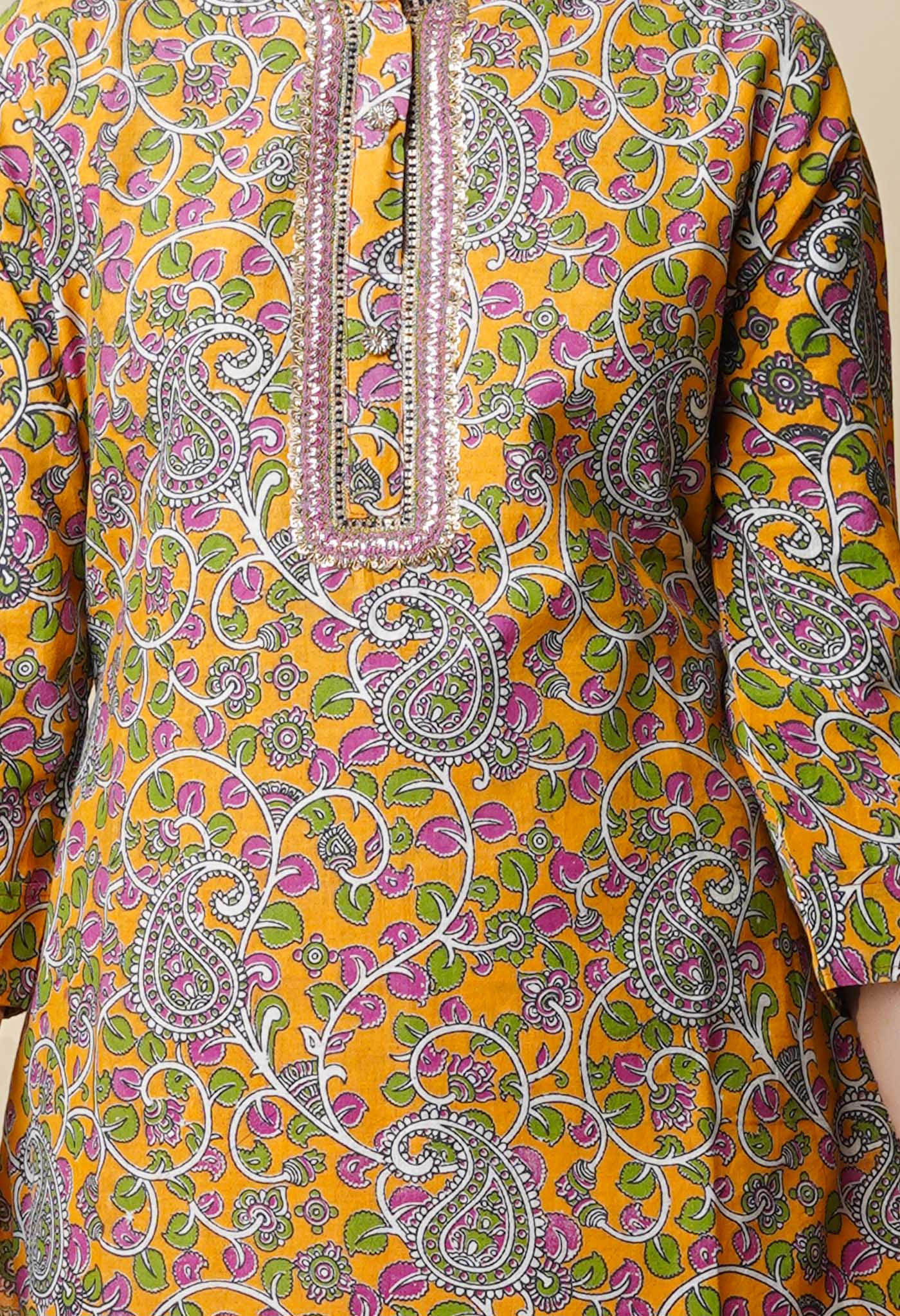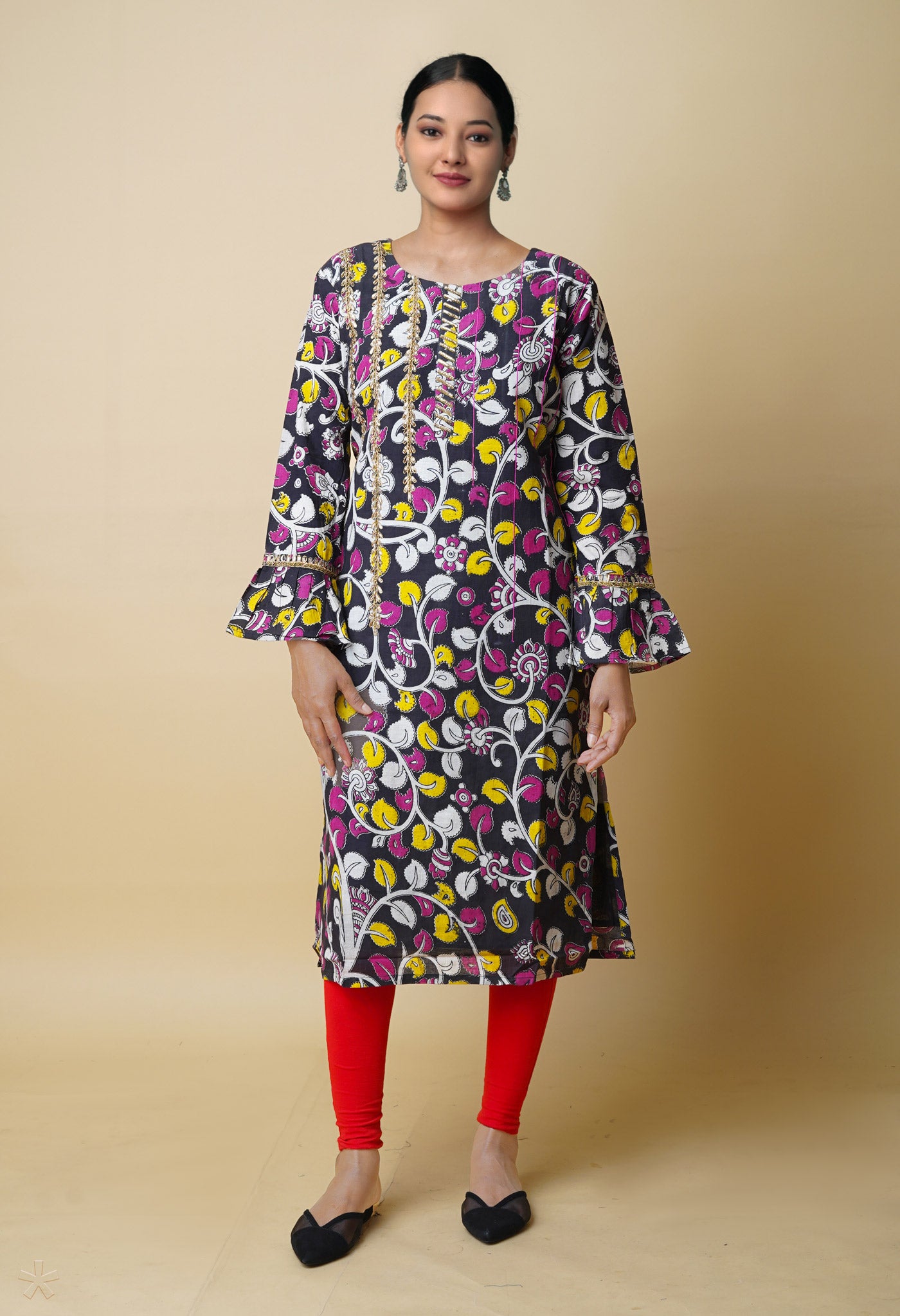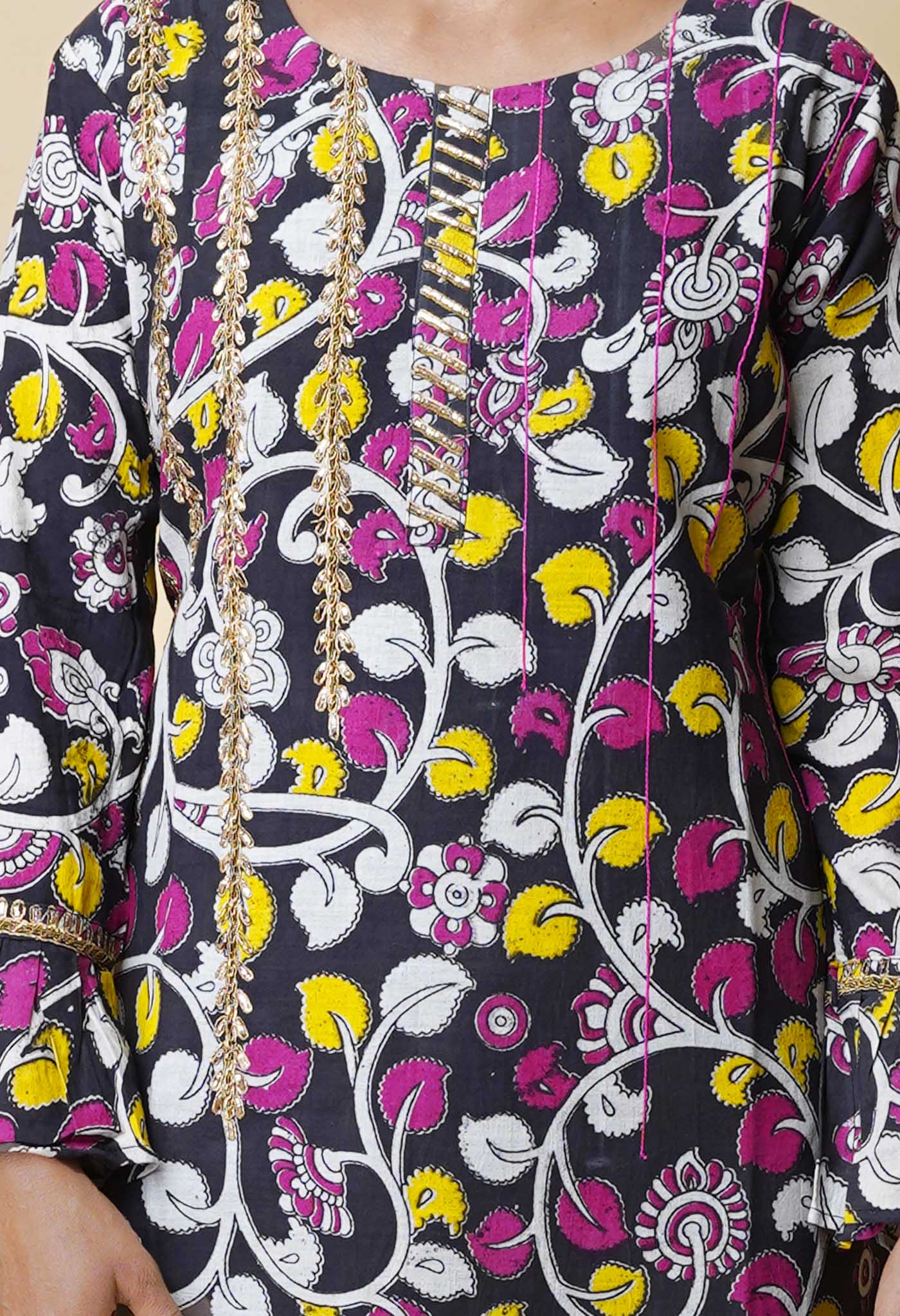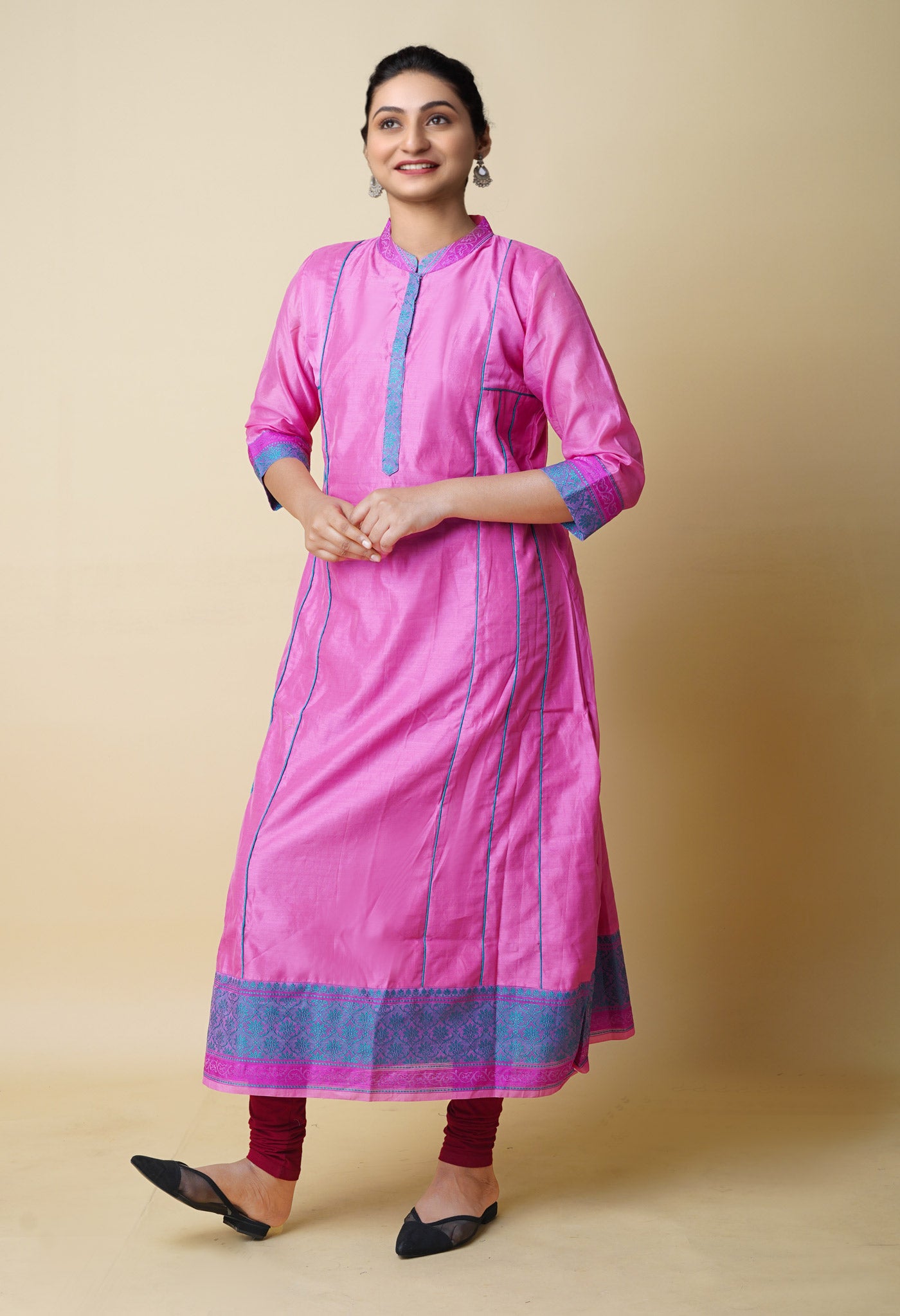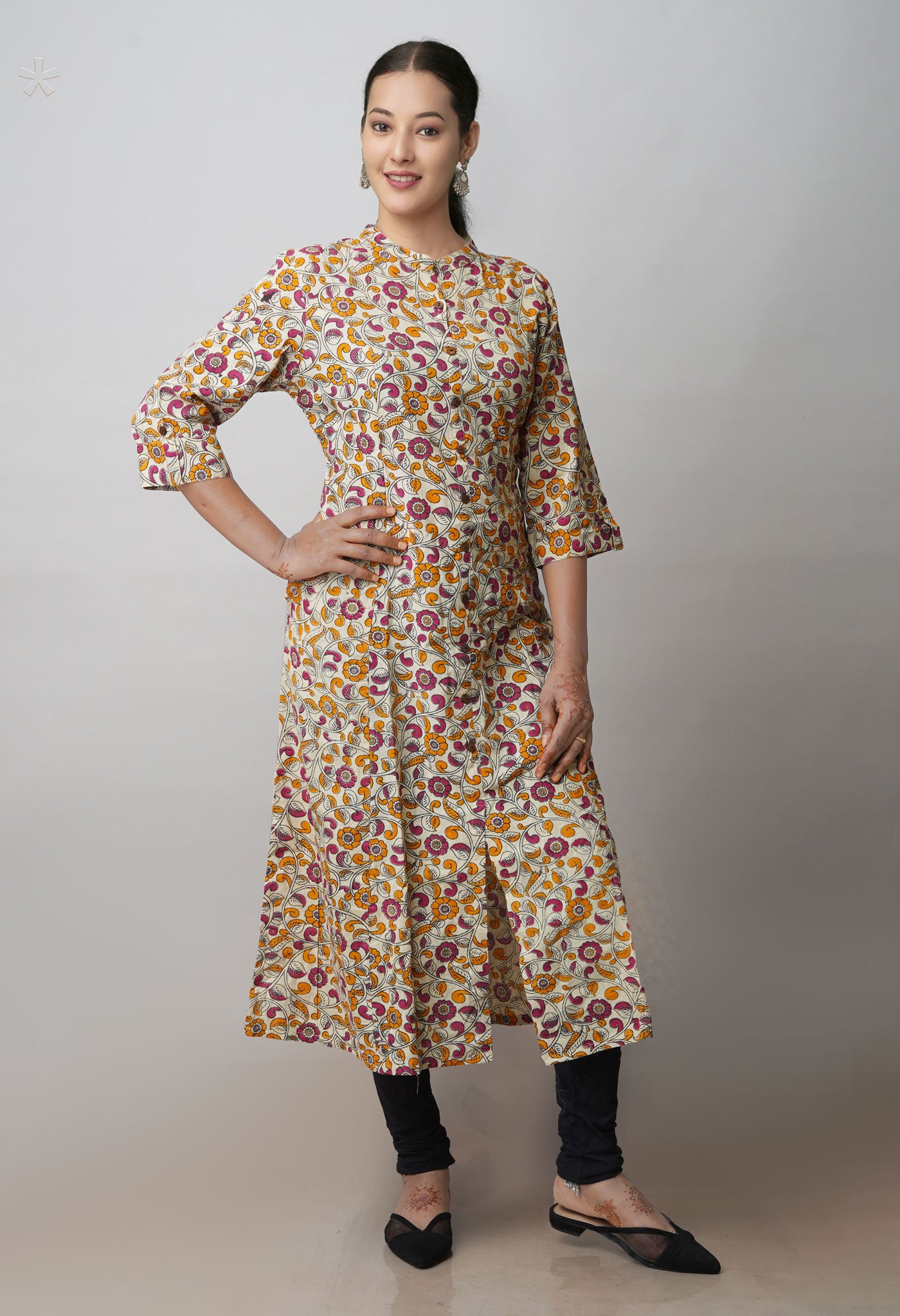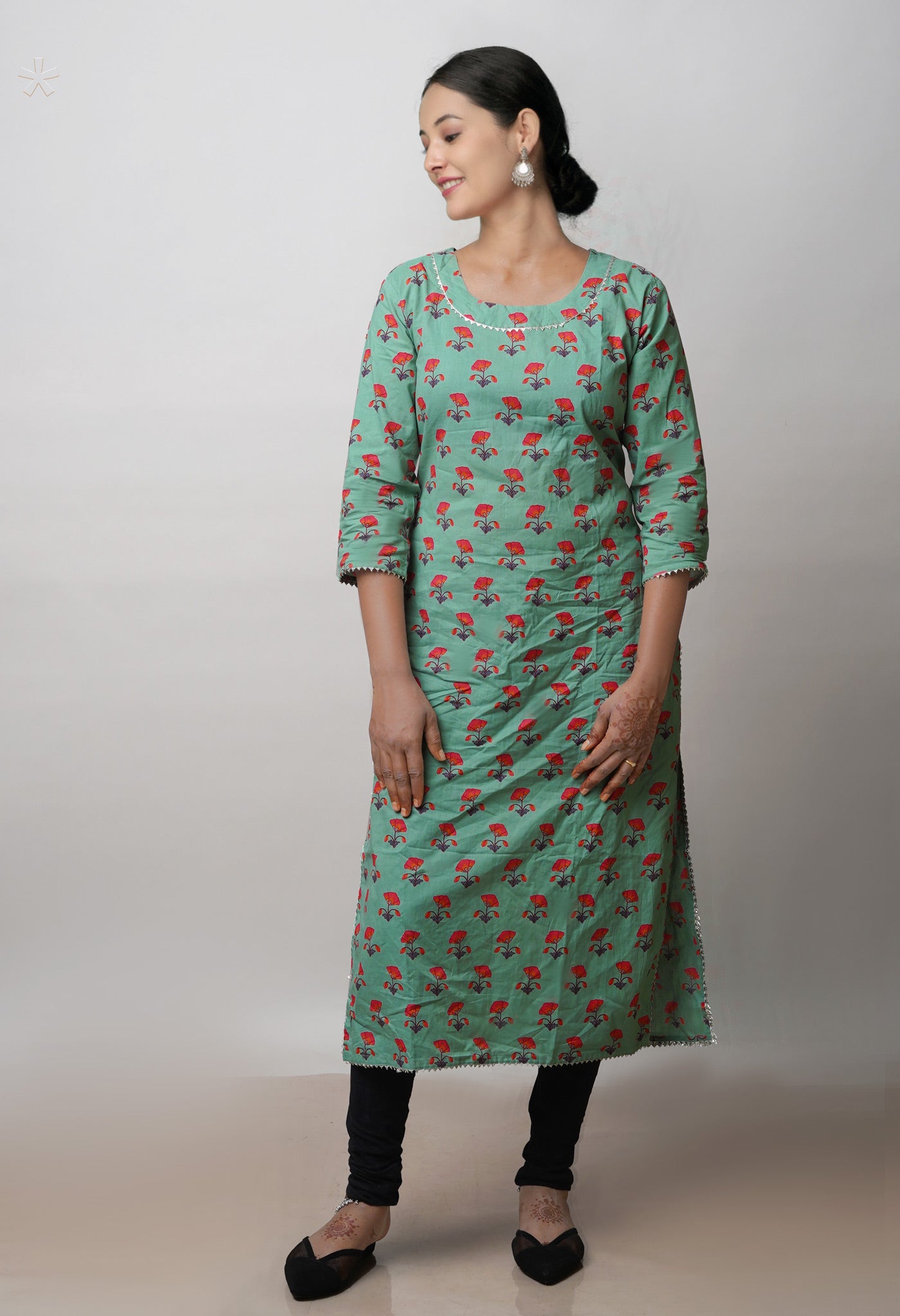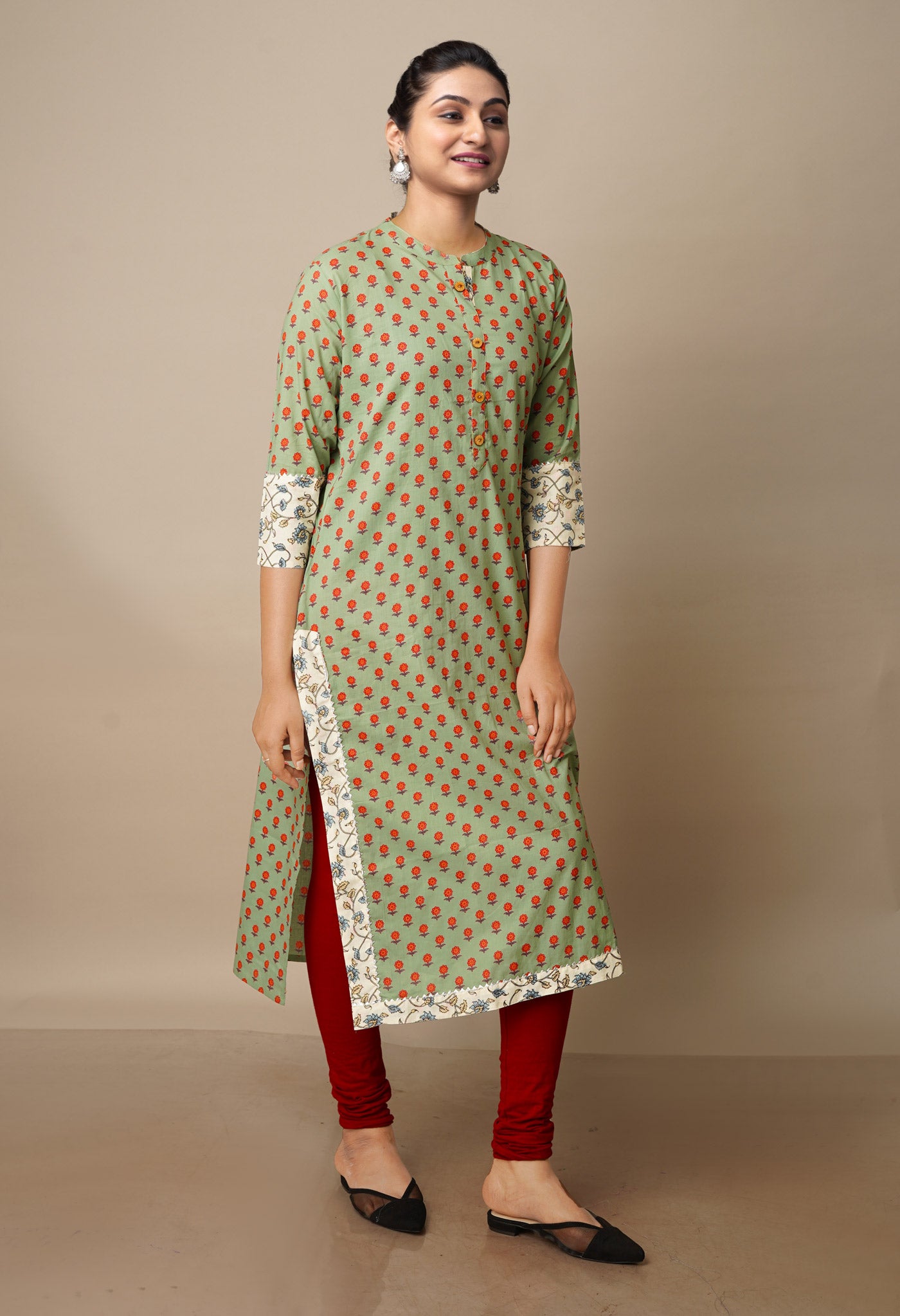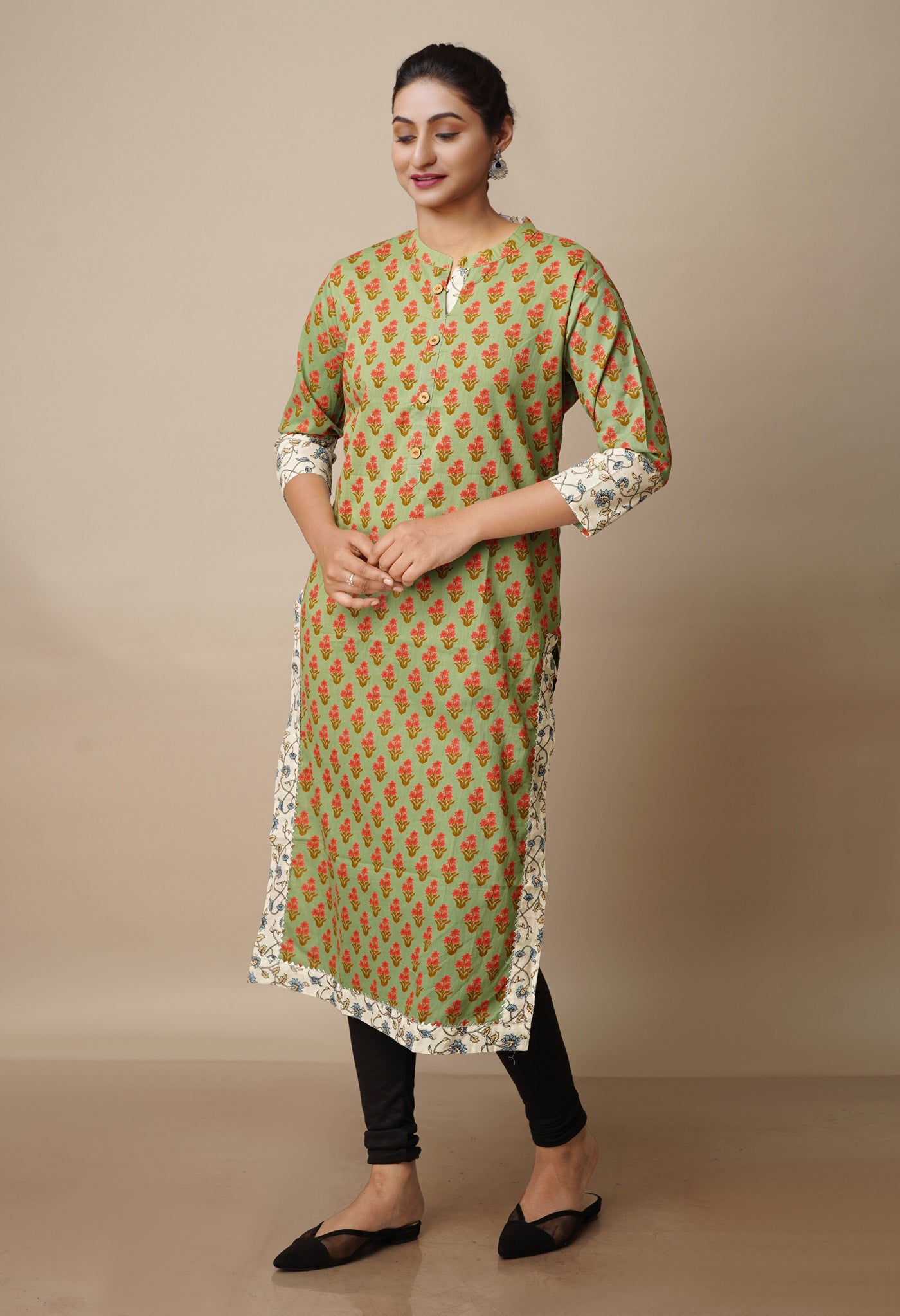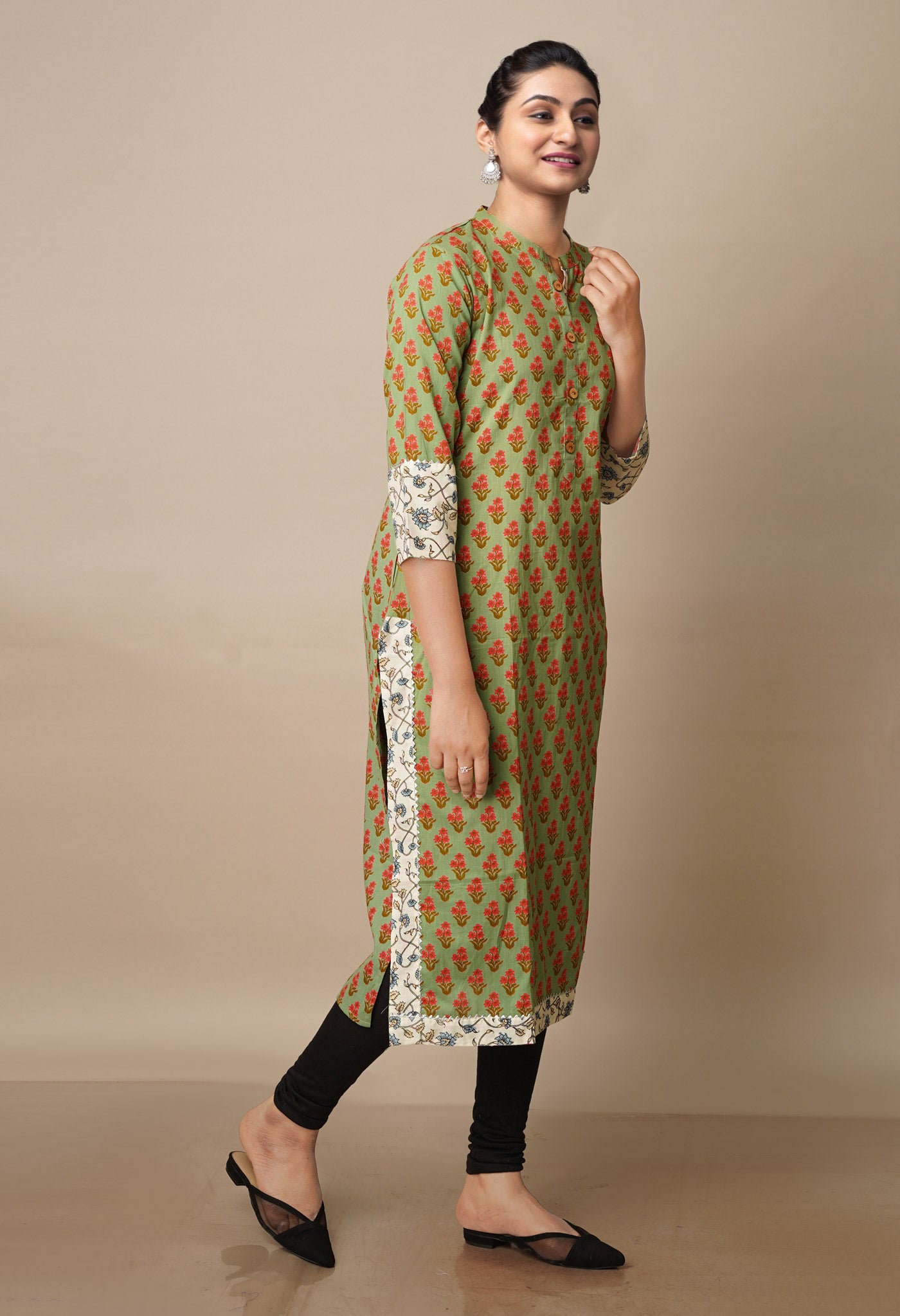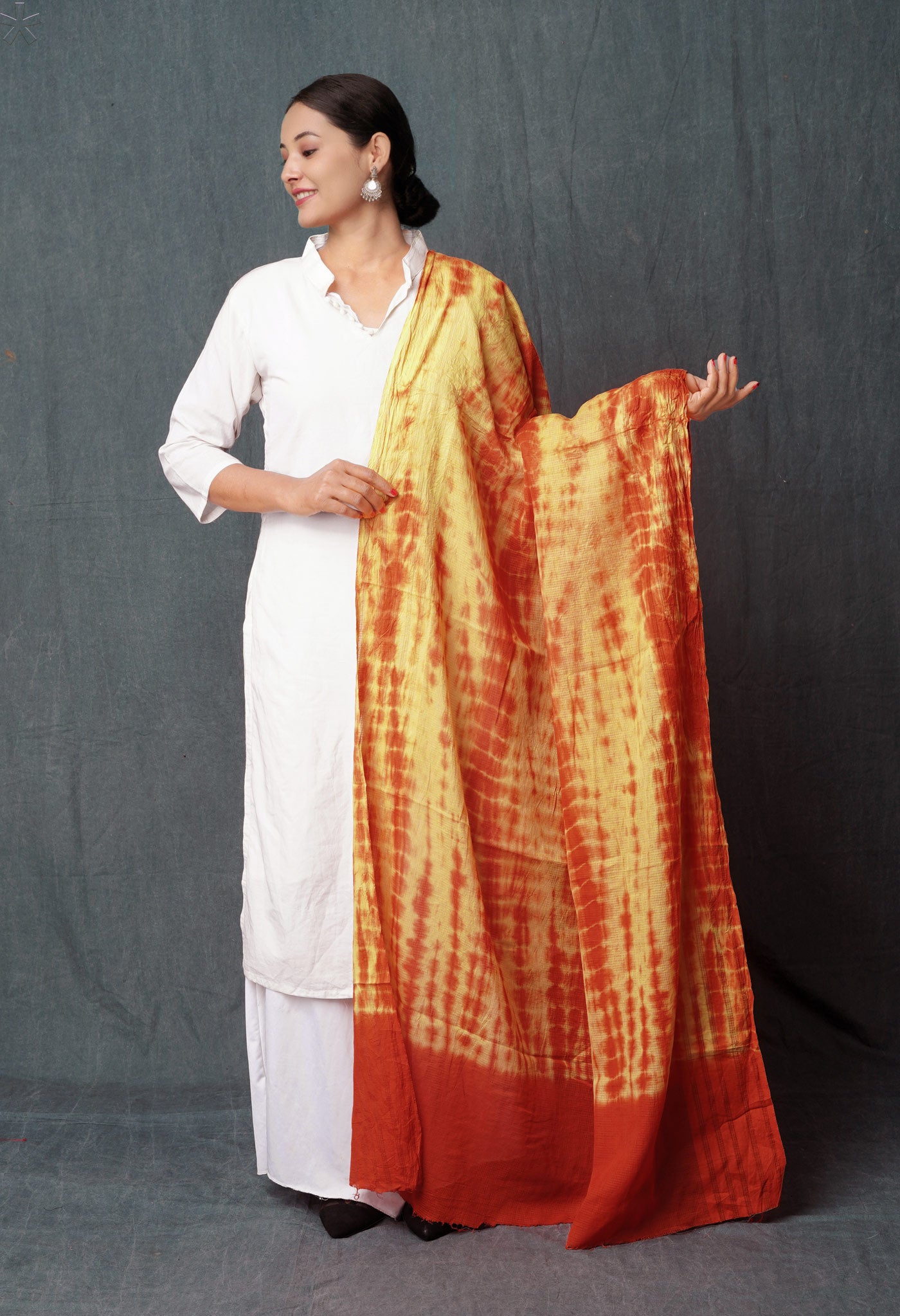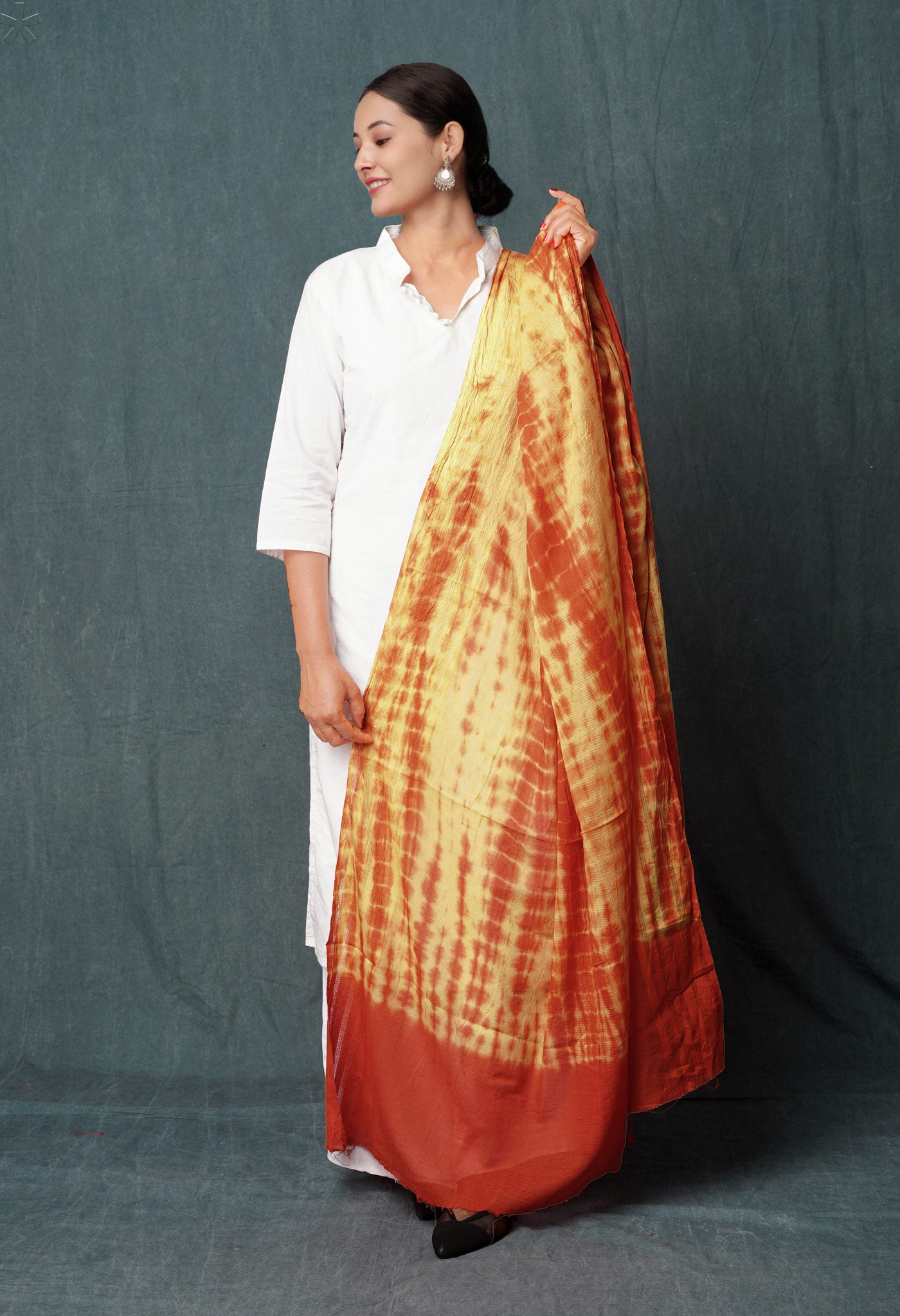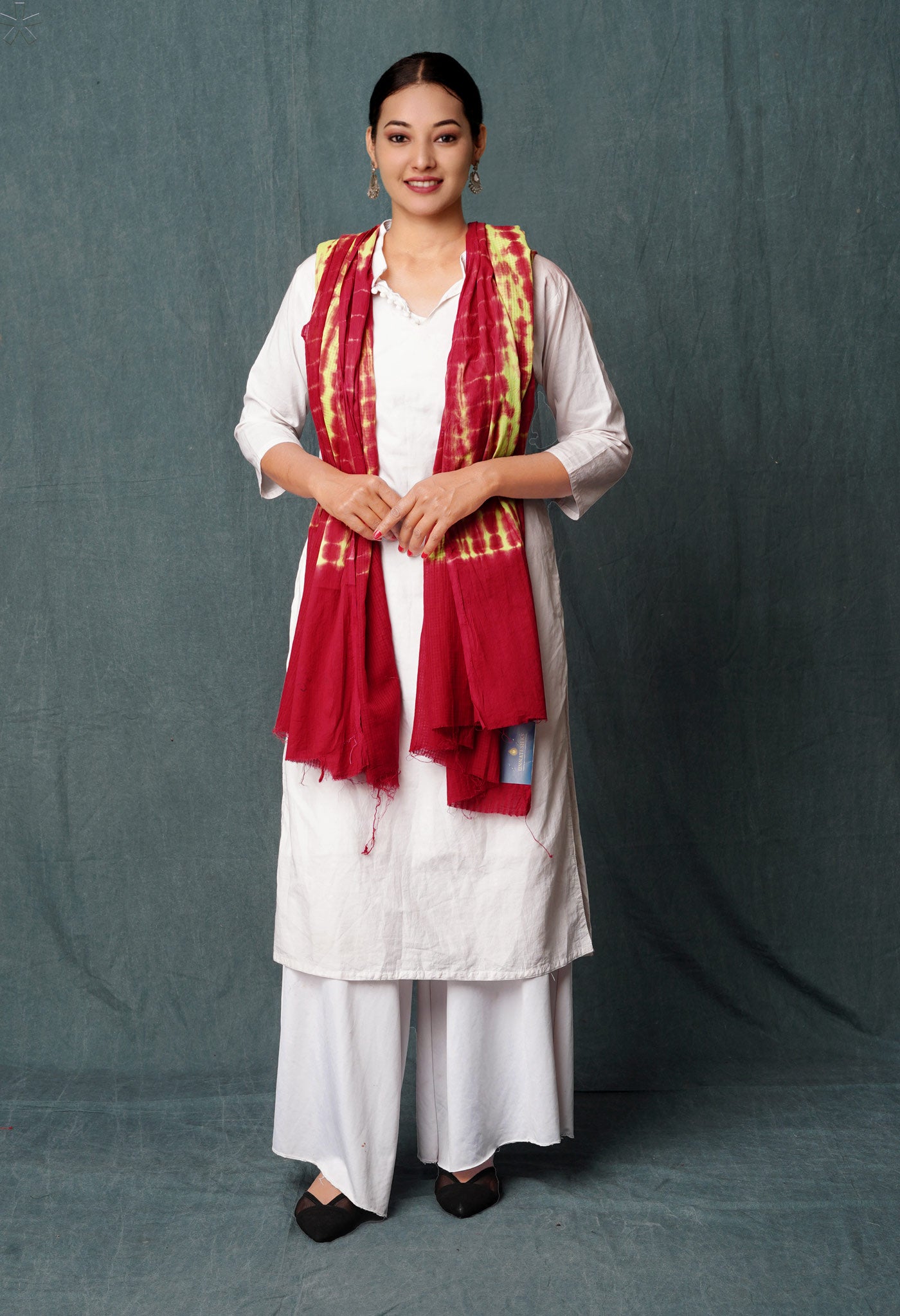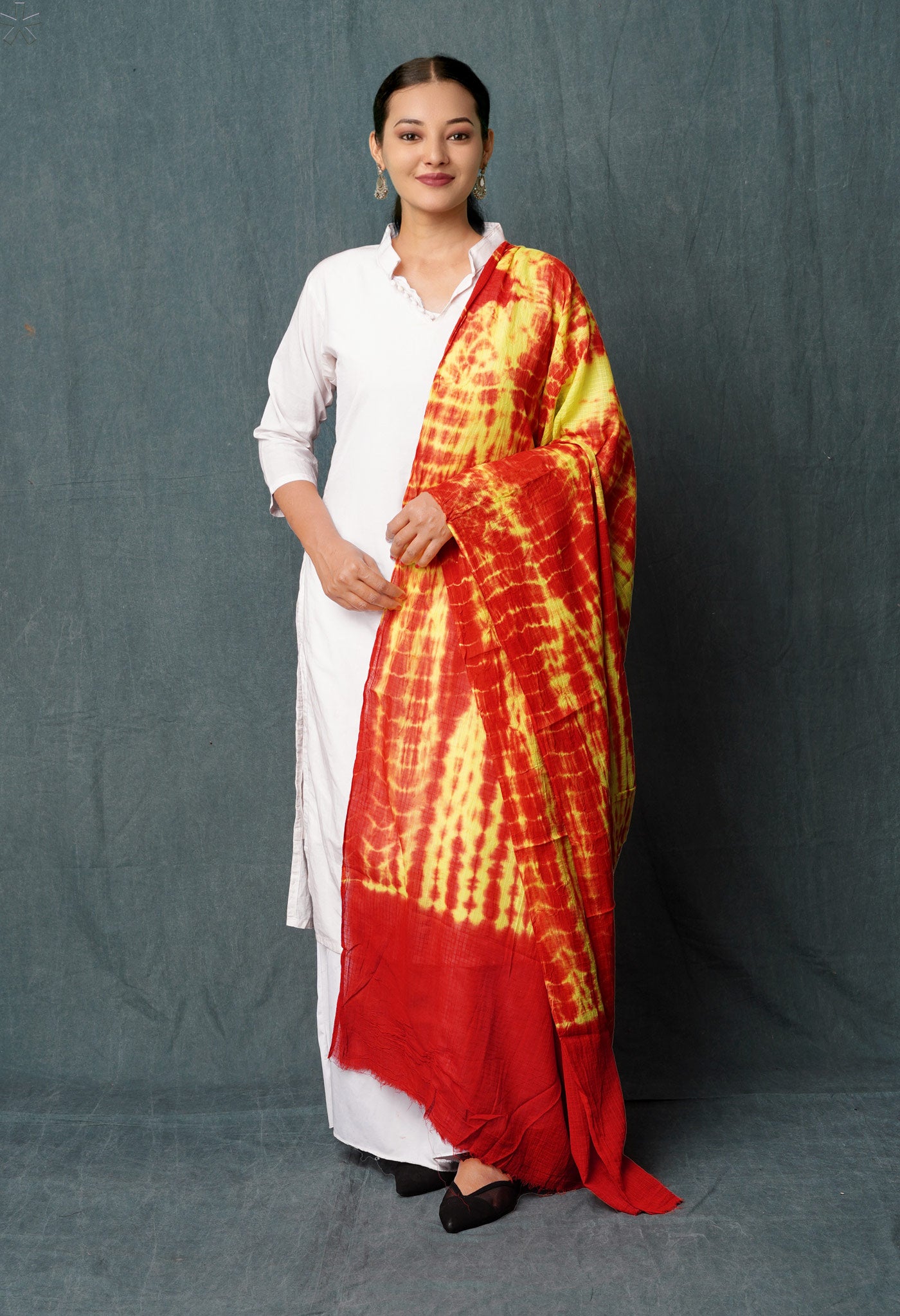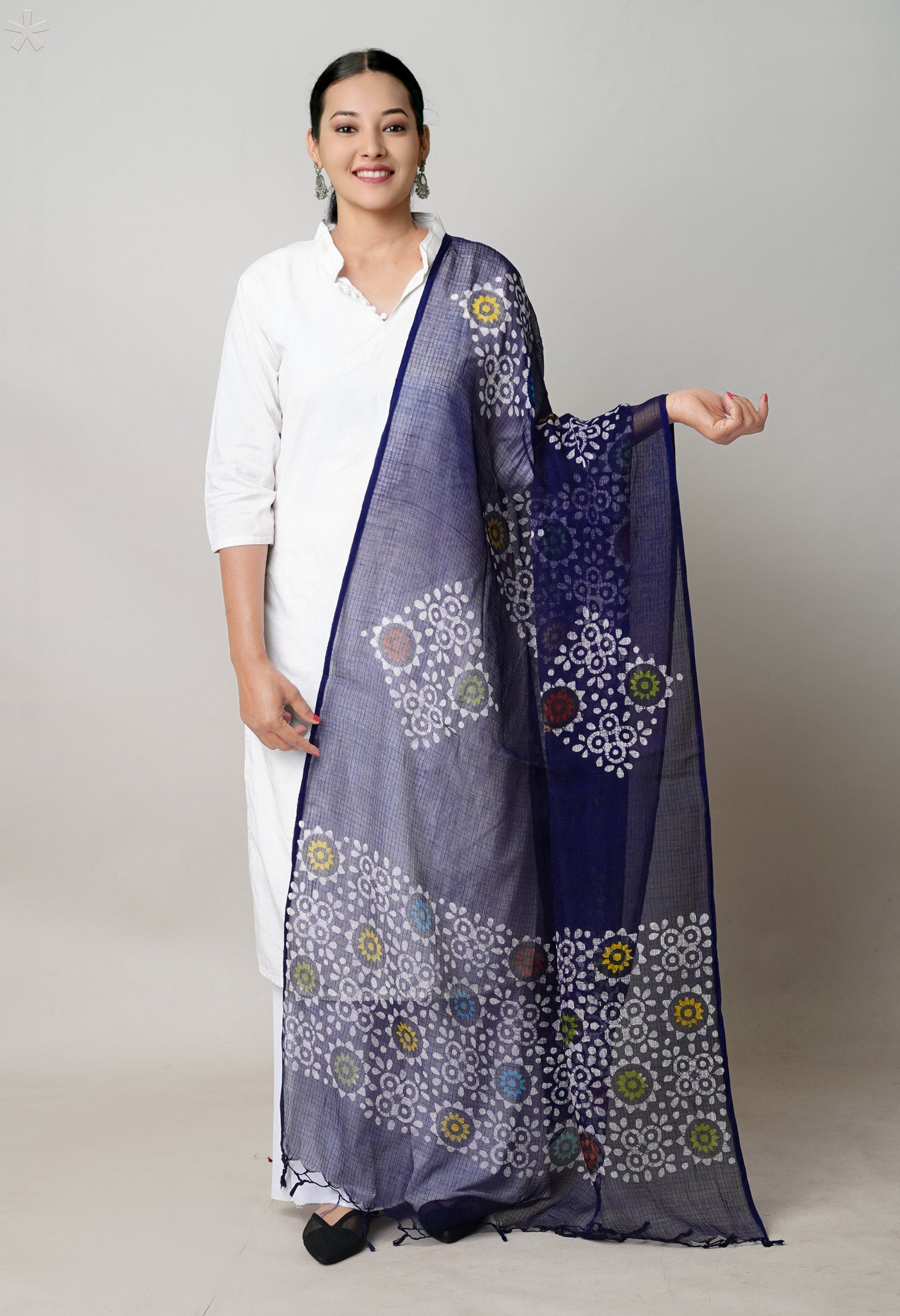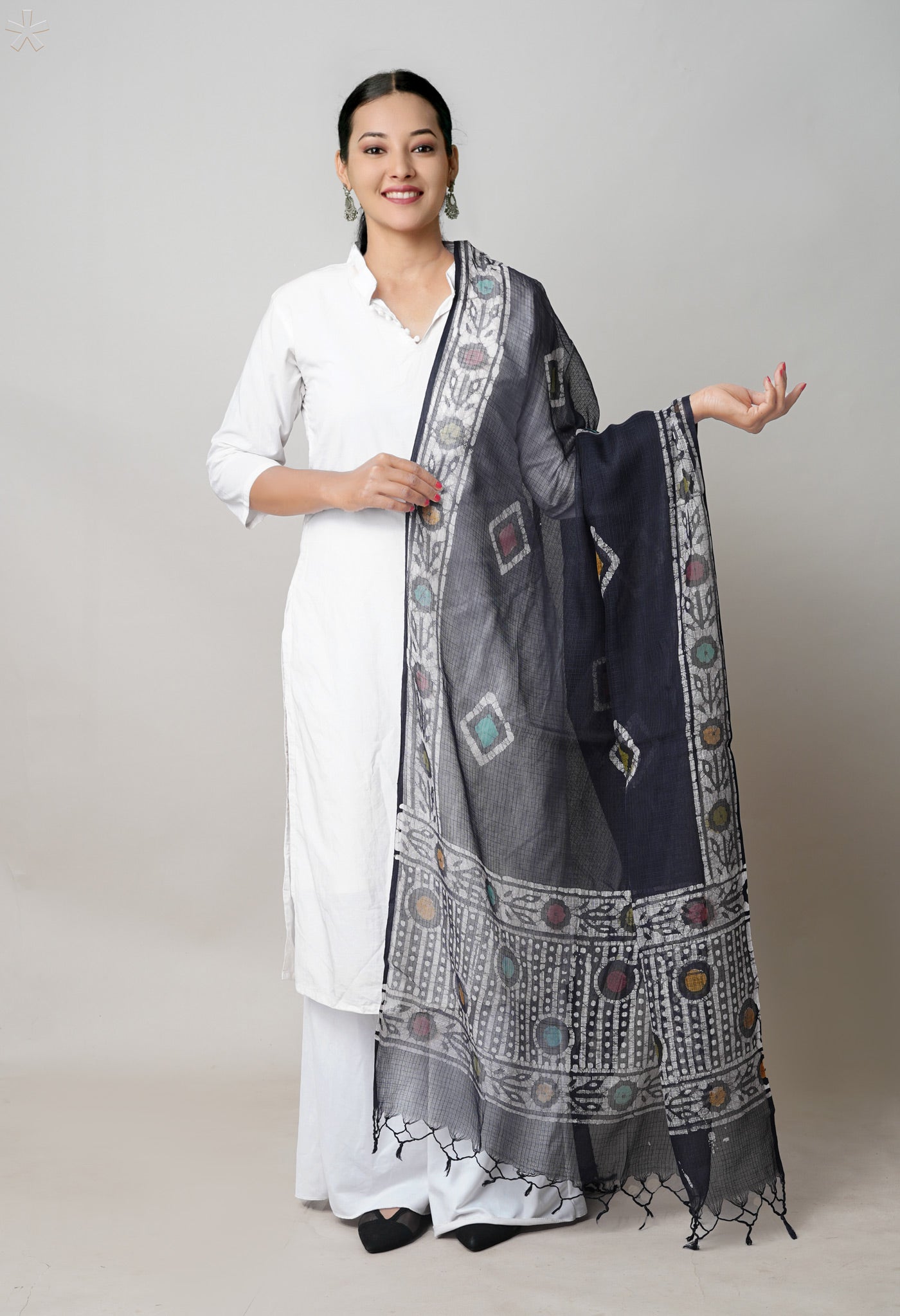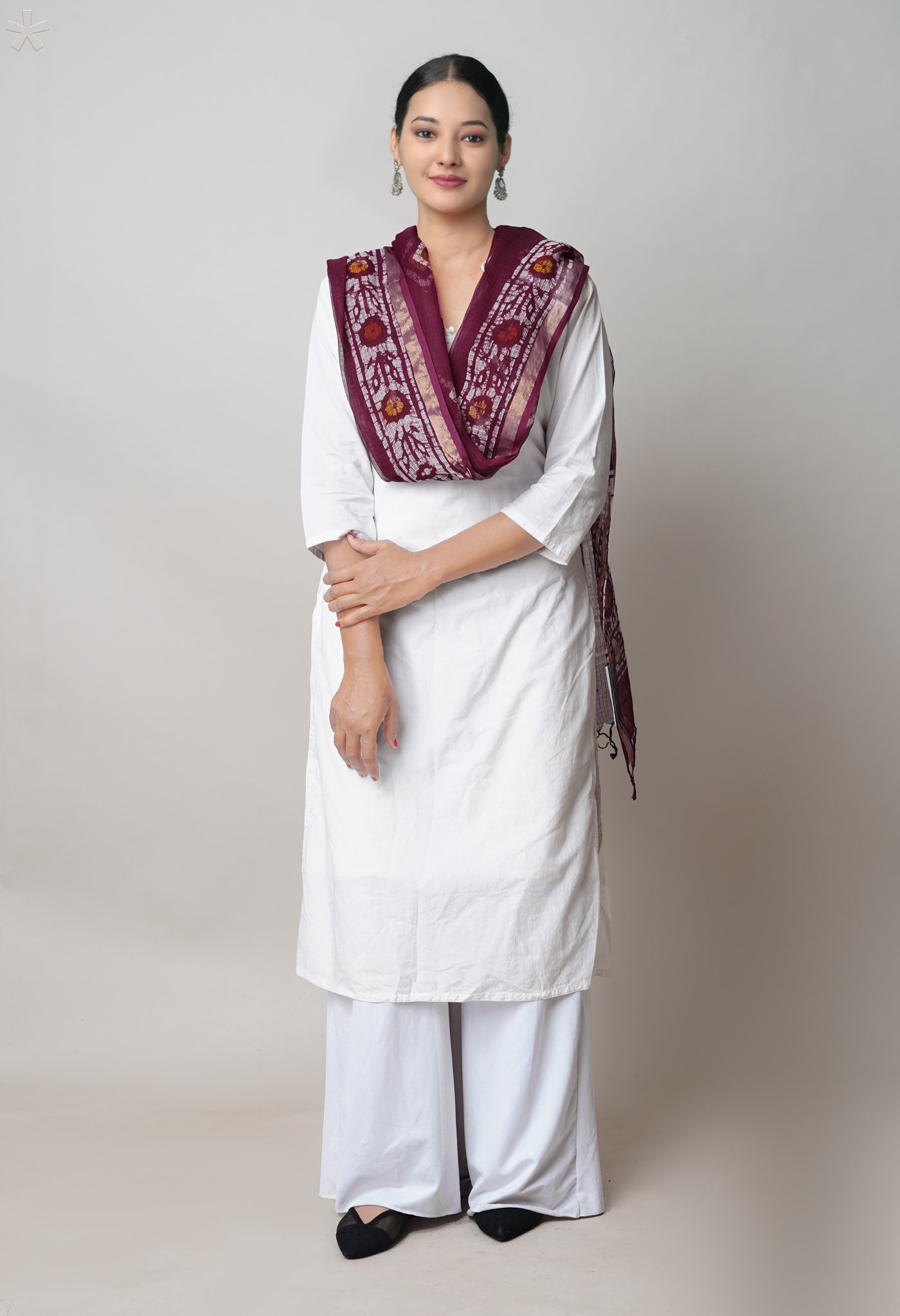
The Story of silk-Part 1
The fibre that conjures up an idea of lustre and smoothness, Silk has always been considered luxurious and costly, the queen of textiles. A protein fiber, similar to wool or to human hair, it packs tremendous strength in its slender form and is considered the strongest of all natural fibres.

How is silk produced?
The finest silk fibers, and most of what we use today, are produced by "cultivated" silkworms grown in a controlled environment. The worms are fed a diet of mulberry leaves and increase their body size 10,000 times in their short life span. Once the cocoon is spun and before the worm hatches through the silk into a moth, the cocoon is soaked in hot water then unraveled, producing filaments that can be up to a mile long in size.

What is Sericulture?
The cultivation of silkworms for the production of the cocoon for the silk filament is called Sericulture. The species Bombyx mori is usually cultivated and raised under controlled conditions of environment and nutrition.

Which are the major silk producing countries of the world?
Today China is the leading silk producer of the world. Other major silk producing countries include Japan, India and Italy.
What are the general characteristics of Silk?
- Silk is elegant, versatile and washable. Silk is a natural protein fiber, like human hair, taken from the cocoon of the silkworm. The natural glue, sericin, secreted by silk worms and not totally removed during manufacturing of the silk, is a natural sizing which is brought out when washing in warm water.
- It is strong in terms of tensile strength (can withstand a lot of pulling pressure without breaking). However it does not mean that it has wear ability or abrasion resistance. Silk cannot withstand the heavy wear that some other fibres do. Abrasion resistance is the ability of a fabric to resist surface wear caused by flat rubbing contact with another material.

- Silk can take on many different appearances. The more refined the silk and the smaller the yarn, the more it resembles the look and feel that we know as silky.
- Silk is a protein fiber like wool. This gives it many of its characteristics. It is sensitive to a range of chemical situations and cannot withstand prolonged exposure to either high alkalinity or to acid or oily soils.
- It will become brittle with age and exposure to sunlight.
- Most silk fabrics can be hand washed. Technically, silk does not shrink like other fibers. When washing silk, do not wring but roll in a towel.
Can you tell me about the different types of Silk?
While scientists have counted about 70 or so silk moths to be of economic value, only few of them really have commercial value. Mulberry, Tussar, Muga and Eri silk. The bulk of the supply of silk comes from the silk moth Bombyx Mori which is domesticated. The others are known as the wild variety as they are grown in forests in uncontrolled conditions.
What are some of the popular silk fabrics produced in handloom and power loom?
- Plain silk fabrics – A wide range from the thin variety to the deluxe and super deluxe qualities are produced using filature. It is used for making ladies blouses, fashion garments, made-ups and scarves.

- Dupion silk - Produced out of twisted filature warp and dupion weft is available in different quality ranges and shades. It is a plain-weave fabric with slubbed ribs. It has a stiff, taffeta-like hand and is usually dyed in bright colors. Dupion checks and stripes are elegant in look. Mainly used for dress material and cushion covers and furnishings.

- Charka Silk – Used in filature ( a bobbin, spool or reel - winder around which thread or tape or film or other flexible materials can be wound) in warp and charkha in weft, most of the zari decorated sarees, charka yarn is popularly used.
- Chiffon - A thin but strong fabric produced on power looms using highly twisted yarn, which after processing and finishing attains a soft and smooth texture. Chiffons are used for varied end-uses for ladies garments and scarves/stoles.

- Chinnon - This is also produced from highly twisted yarn of filature in power loom. After the final processing and finishing the fabric gets a soft but crimp effect. Chinnon is ideal for ladies dresses and scarves / stoles.
- Crepe Silk - Produced from 2-ply twisted yarn of 's' and 'z' twist and woven on power loom, crepe is used for varied uses. The Mysore Crepe silk sarees are a fine example.
- Organza - A very thin fabric produced from highly twisted yarn. After a starchy finish the fabric gets a rough texture. Organza is used as sari material as well as for embroidered garments.

- Tabby Silk - A type of plain silk fabric produced in Kashmir that is mostly used for printed sarees and scarves.
- Silk satin - A popular variety of fabric with varied end uses, Satin dresses generally have a neat appearance. Banarasi sarees in satin are exported.

- Matka - Using Matka yarn for both warp and weft, a thicker fabric is produced mostly for furnishing. The fabric mostly produced in Bhagalpur is a very popular export item at present. By using multiple yarns the texture and thickness of the fabrics can be modified according to the end use.

- Tussah silk – Also often called shantung, it is made from the cocoons of wild tussah silk worms who eat oak and juniper leaves – their "natural" food. Because the worm isn't grown in a controlled environment, the moth hatches from the cocoon thus interrupting the filament length and making the fibers short and coarse instead of long and lustrous.

- Charmeuse - Loved for its lustrous shine and sumptuous feel, charmeuse is the most widely recognized of the silk fabrics. Wonderfully versatile, this elegant fabric has medium weight and some natural elasticity, making it perfect for skirts, dresses, eveningwear, nightgowns, lingerie, and gently shaped tops. Charmeuse is made with a satin weave which is soft, yet supple and drapes beautifully.
How does one take care of silk fabrics?
- Structured silk garments and fragile fabrics should be dry-cleaned to avoid damage.
- Multi-color prints or hand-dyed scarves may need to be dry-cleaned to prevent running. You may wish to dry-clean your garment the first time. The steaming process used at the dry-cleaners may also help to further set the dyes.
- Moths will attack silk, as well as wool. Store your silk clothing appropriately. As with all fine fabrics, if you plan to store for a long time, you will do best to store in a cotton pillowcase or otherwise surround the silk with a fabric that can breathe. Avoid storing in plastic since this can trap moisture, which can lead to yellowing or the accumulation of mildew.

- Never use chlorine bleach on silk. It will yellow the fiber and may cause it to break down more quickly.
- The colors in your silk will undoubtedly fade over time, even when permanent dyes have been used and they have been professionally set.
- Reds are particularly sensitive to running and fading.
- Store your silk away from exposure to light, especially direct sunlight.
- Washing silk may also cause excess dye to discharge. When in doubt, dry-clean the garment or item.
How is the fabric pure silk tested for genuineness?
The burn test is the best way to be sure. Burning silk will leave a powdery ash and will extinguish itself when the flame is removed, just like wool. The easy way to tell silk and wool apart in the burn test is the smell. Where wool will have the smell of burning hair, the silk will have a much more disagreeable smell.


